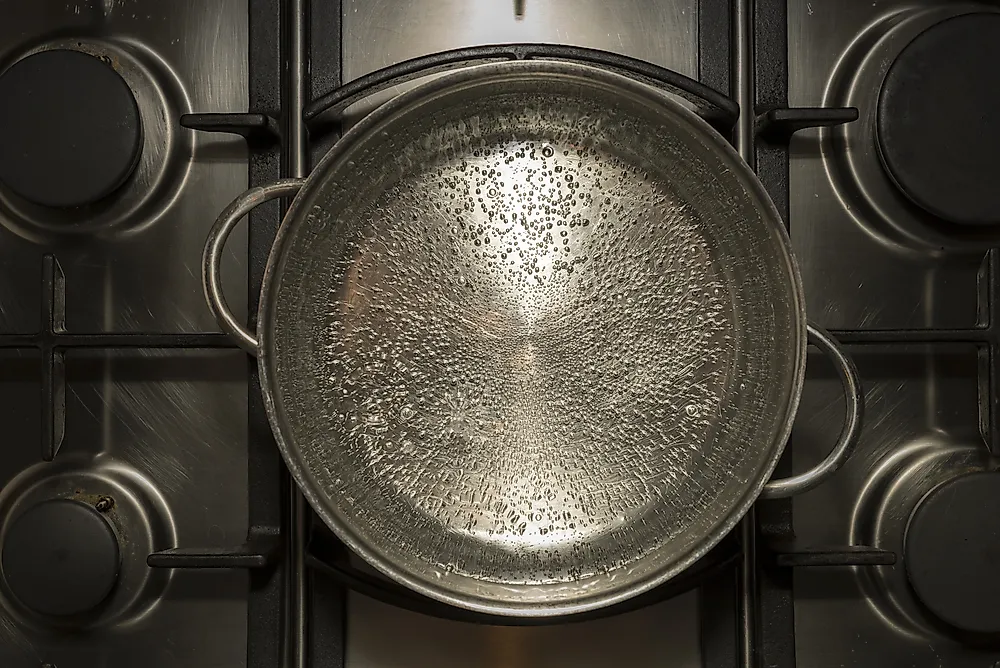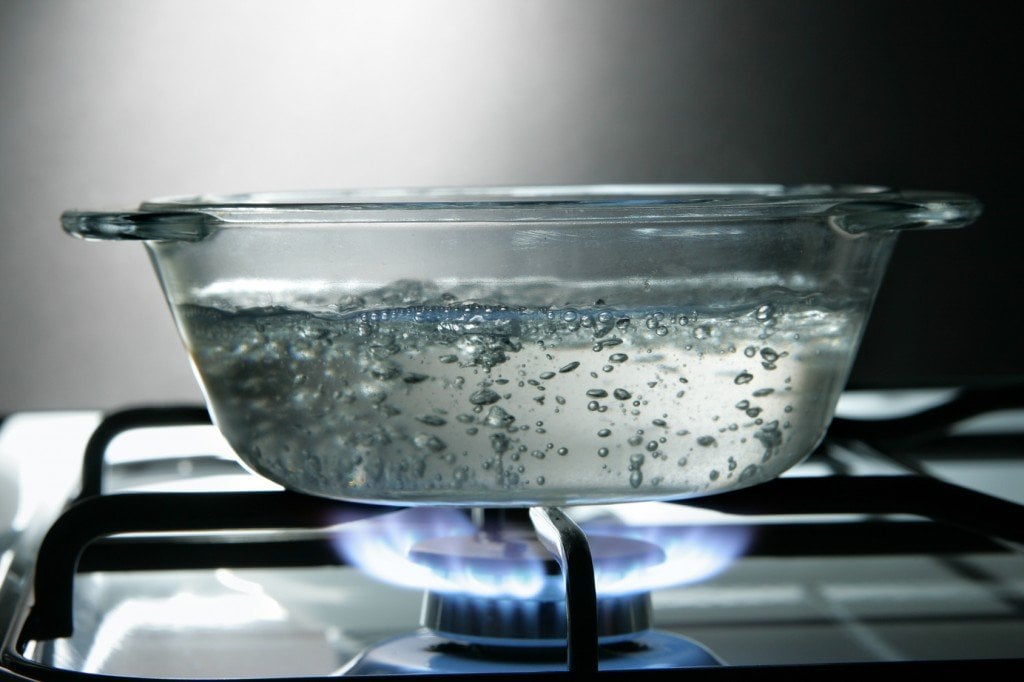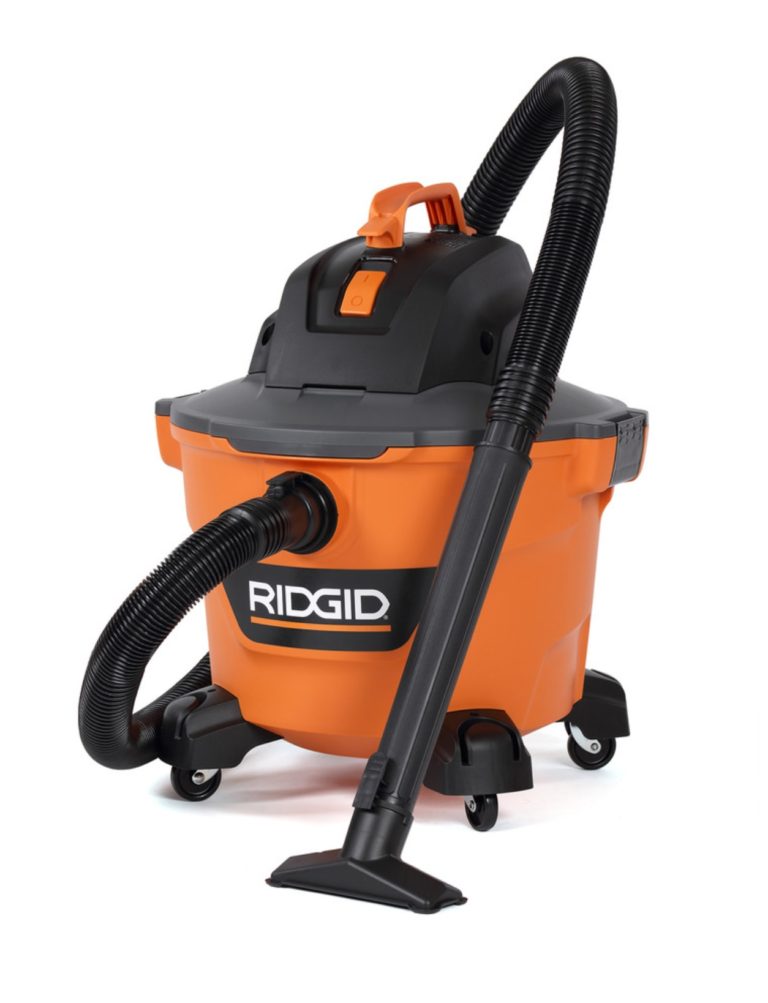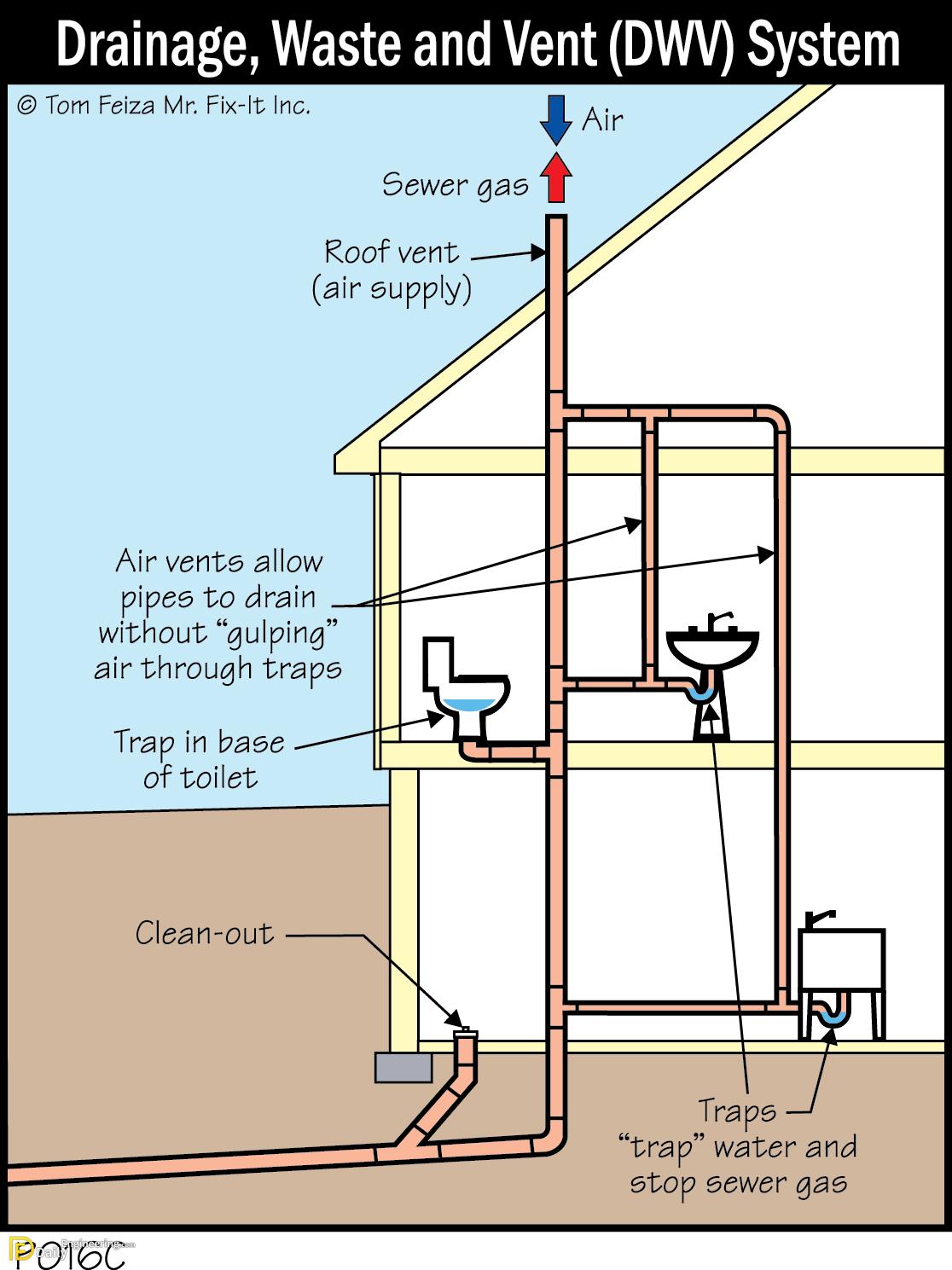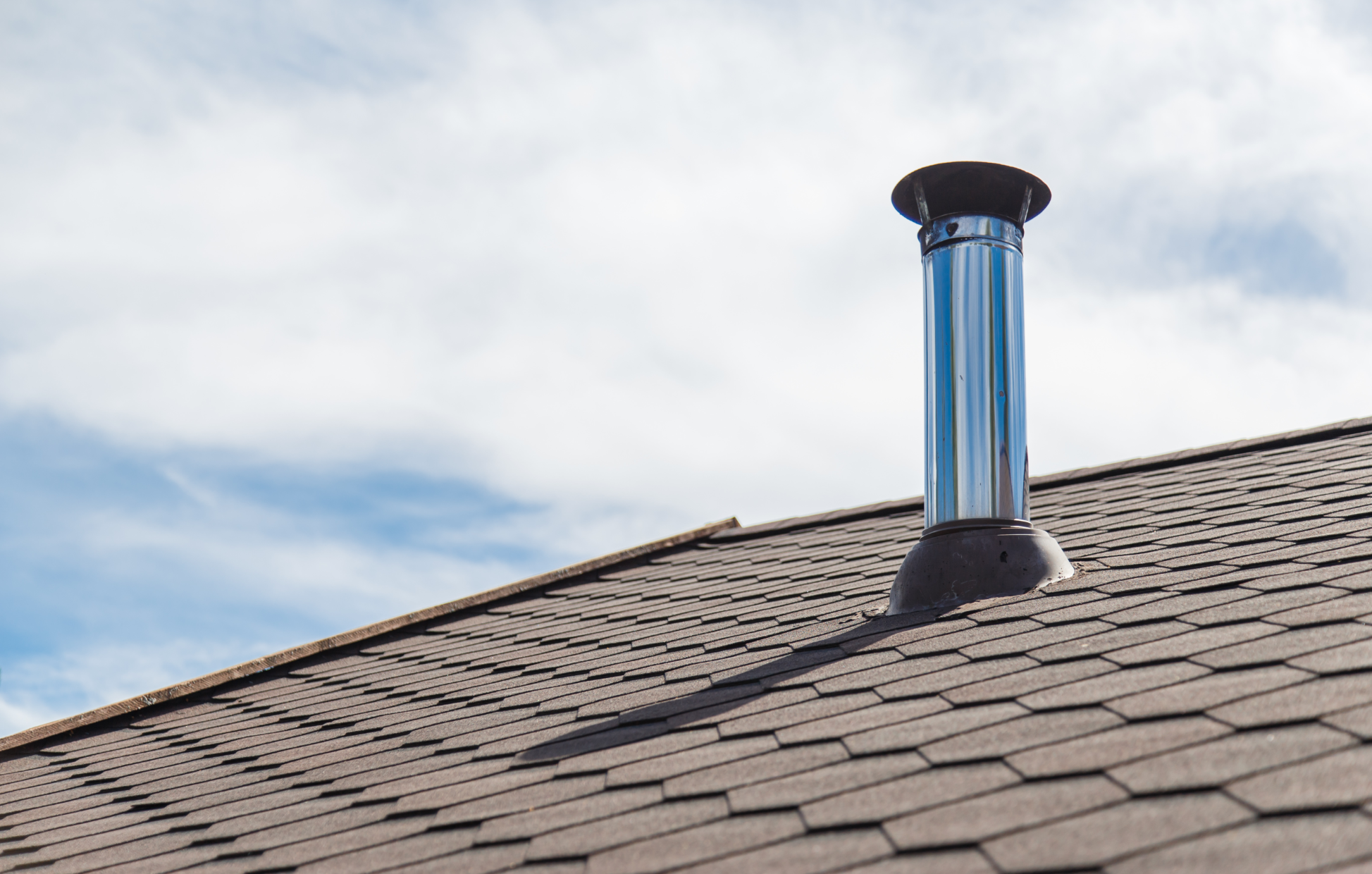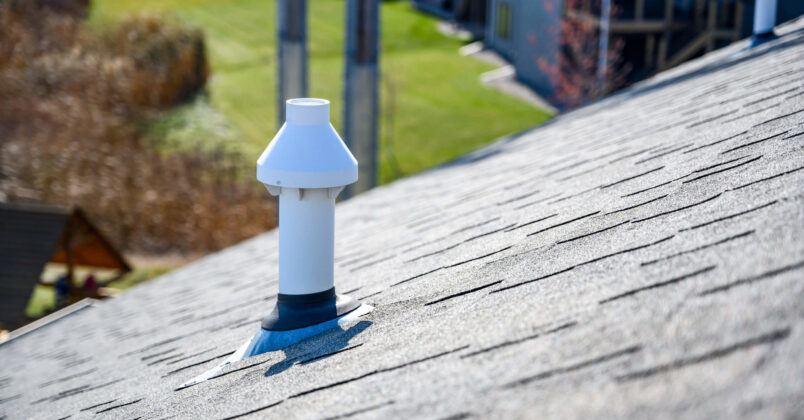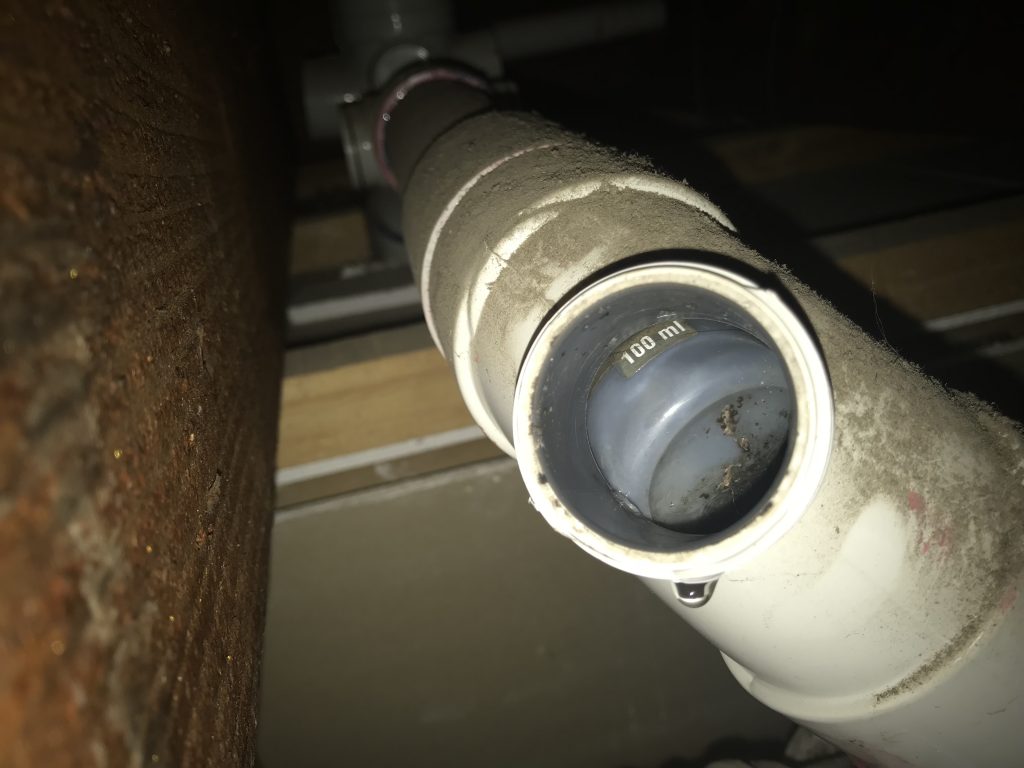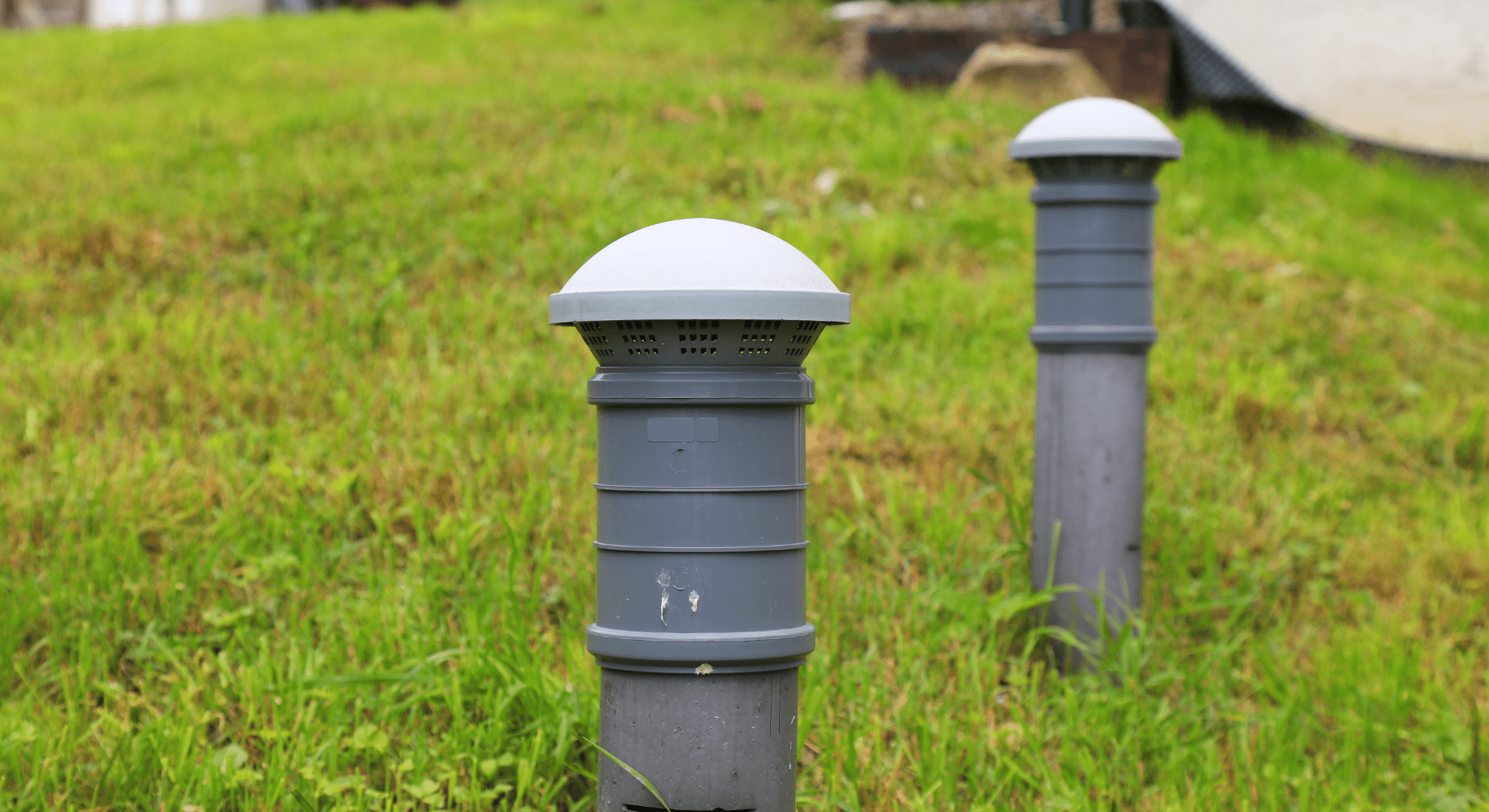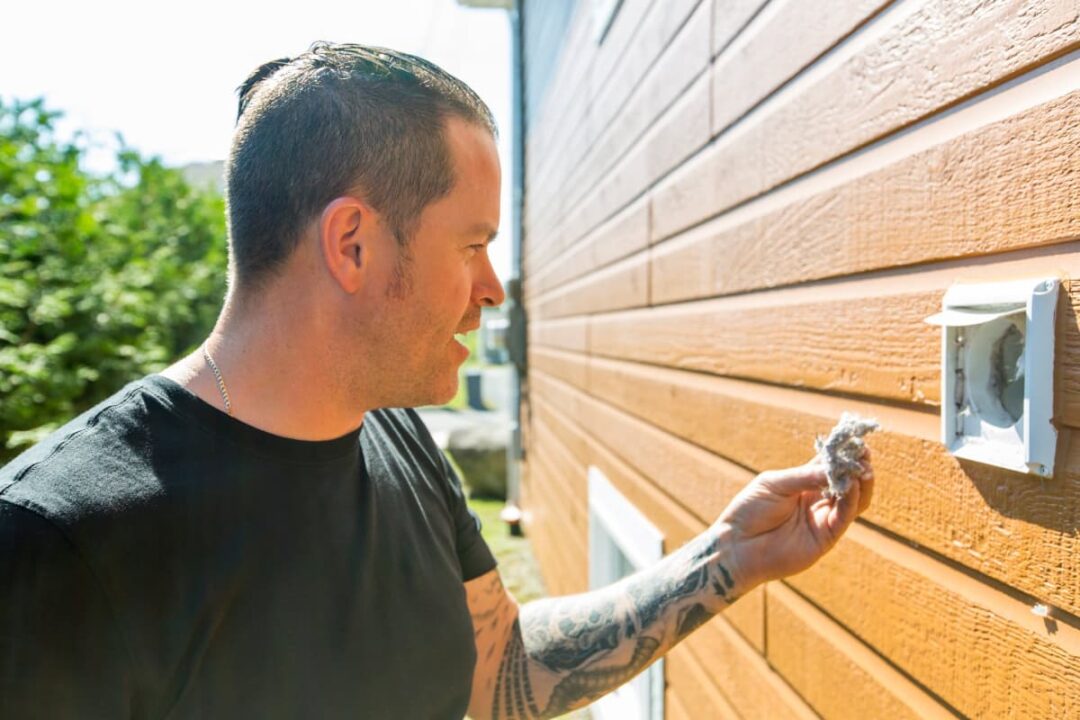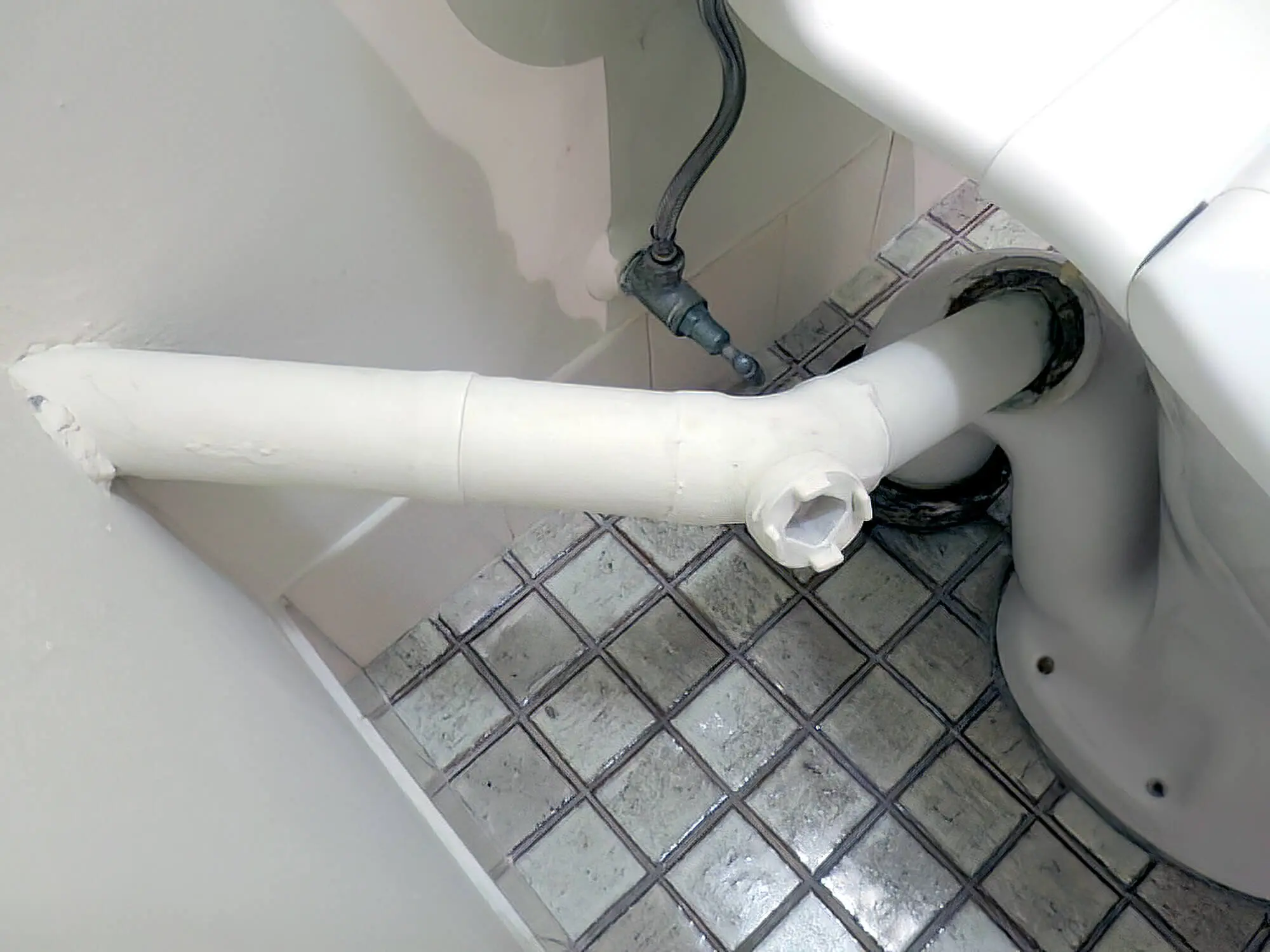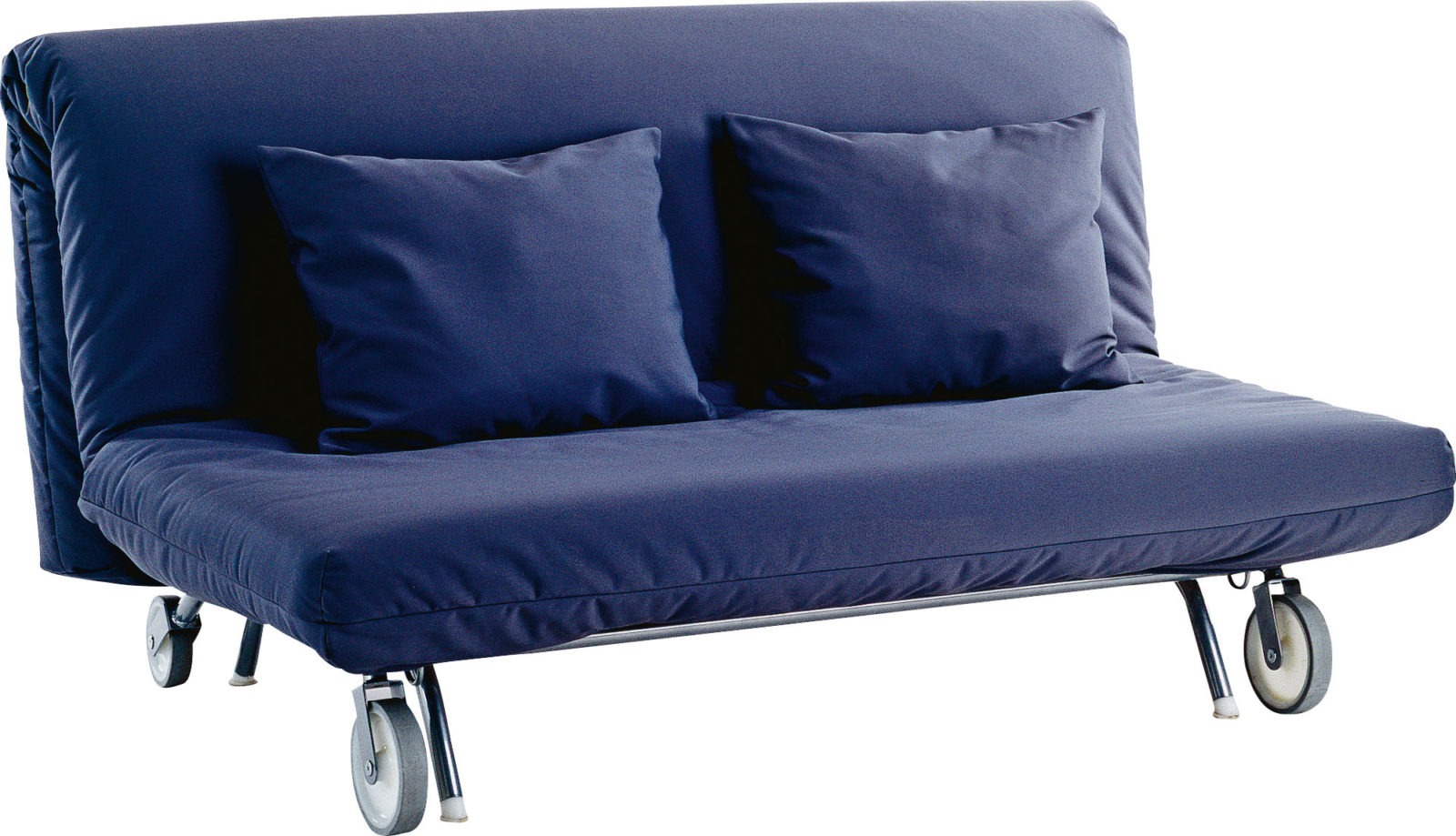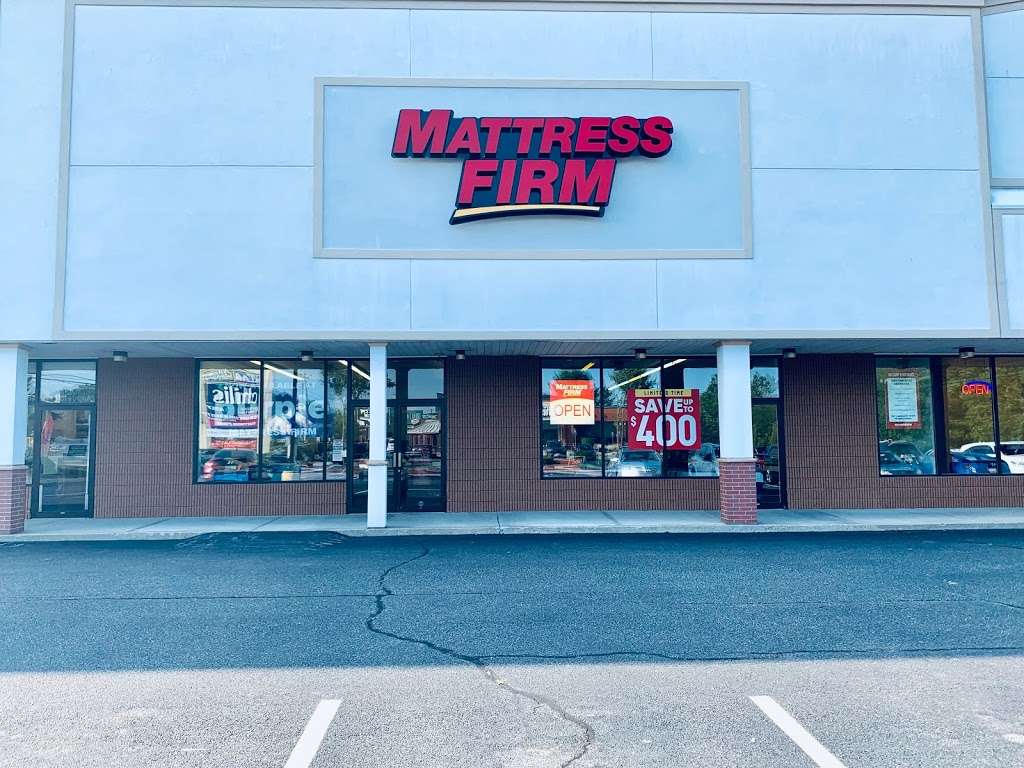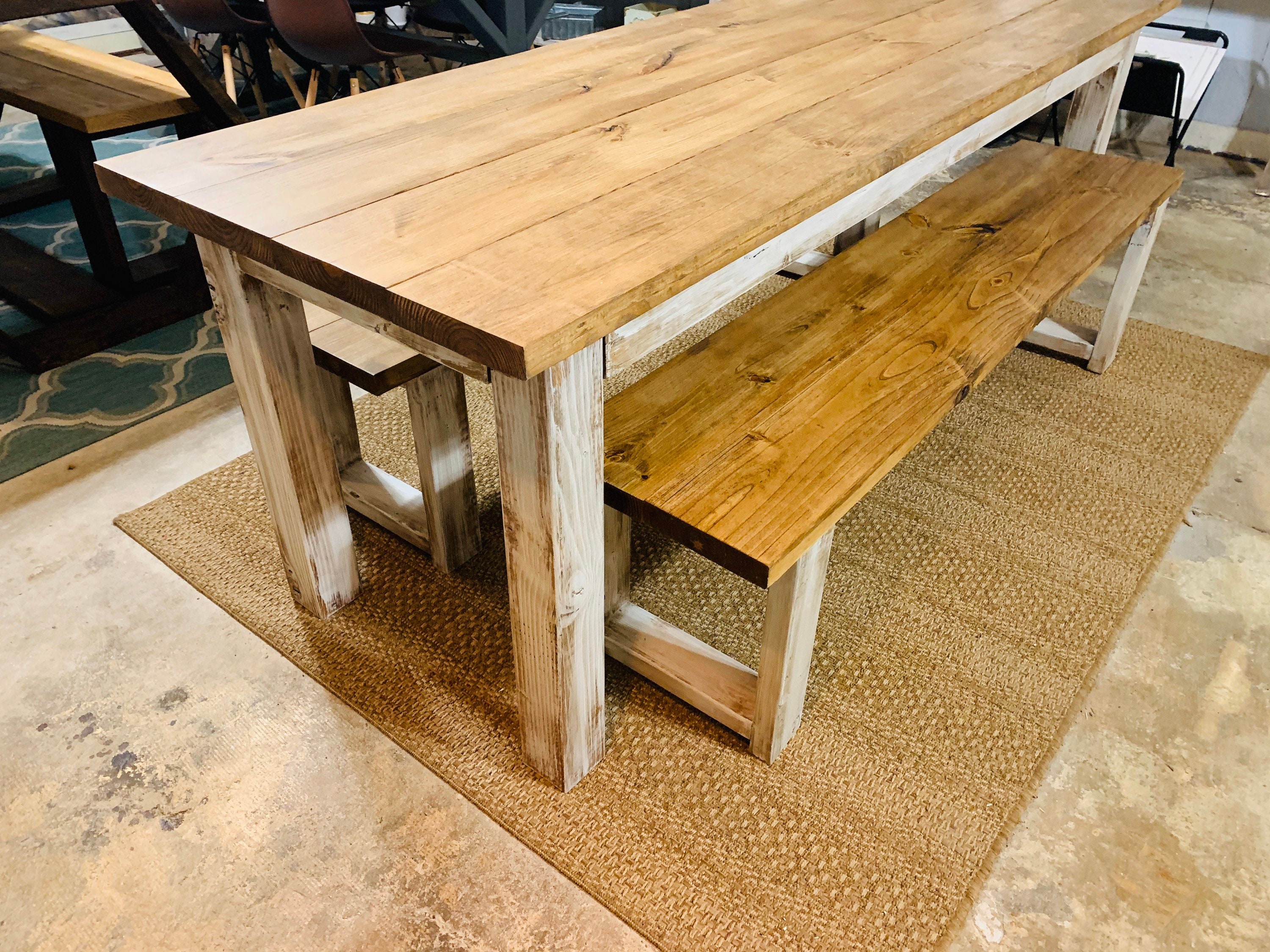1. Plunger
If you find that your kitchen sink is backing up on both sides but there is no clog in sight, the first thing you should try is using a plunger. This trusty tool is a staple in any household and can often solve the issue of a backed-up sink. Simply place the plunger over the drain and plunge vigorously up and down. This will create suction and hopefully dislodge any debris that may be causing the blockage. Make sure to cover the other side of the sink with a wet cloth to create a seal and increase the effectiveness of the plunger.
2. Drain Snake
If the plunger doesn't seem to be doing the trick, the next step would be to use a drain snake. This tool is specifically designed to navigate through the pipes and break up any stubborn clogs. It can be purchased at most hardware stores and is relatively easy to use. Simply insert the snake into the drain and twist it while pushing it further down. This will help loosen and remove any debris that may be causing the backup.
3. Baking Soda and Vinegar
For a natural and chemical-free solution to a backed-up sink, try using a combination of baking soda and vinegar. This method works by creating a chemical reaction that can help break down and dissolve any blockages in the pipes. Start by pouring a cup of baking soda down the drain, followed by a cup of vinegar. Let it sit for about 30 minutes and then flush it with hot water. This may need to be repeated a few times for more stubborn clogs.
4. Plumber's Auger
If the drain snake doesn't seem to be doing the trick, you can try using a plumber's auger. This tool is similar to a drain snake but has a longer and more flexible cable that can reach further down the pipes. It also has a rotating head that can help break up and remove any tough clogs. Simply insert the auger into the drain and twist it while pushing it further down. This may take a bit more effort than using a drain snake, but it can be more effective for deeper clogs.
5. Hydro Jetting
If none of the above methods seem to be working, it may be time to call in a professional plumber. They may suggest using a method called hydro jetting, which involves using high-pressure water to blast through any blockages in the pipes. This is a more advanced and expensive method, but it can be incredibly effective in clearing out stubborn clogs.
6. Enzyme Drain Cleaners
Another chemical-free option for clearing a backed-up kitchen sink is using enzyme drain cleaners. These products contain natural enzymes that can break down and dissolve organic material in the pipes. They are safe to use and can be effective for minor clogs. Simply pour the recommended amount down the drain and let it sit for a few hours before flushing with hot water.
7. Dish Soap and Hot Water
If you are in a pinch and don't have any specialized tools or cleaners on hand, you can try using dish soap and hot water to clear a backed-up kitchen sink. The hot water can help break down any greasy buildup in the pipes, while the dish soap can act as a lubricant to help flush out the clog. Simply pour a generous amount of dish soap down the drain and follow it with a pot of boiling water.
8. Boiling Water
Speaking of boiling water, this can also be an effective method for clearing a backed-up kitchen sink. If the clog is caused by grease, soap scum, or food particles, the boiling water can help melt and flush out the buildup. Simply bring a pot of water to a boil and carefully pour it down the drain. This may need to be repeated a few times for more stubborn clogs.
9. Wet/Dry Vacuum
If you have a wet/dry vacuum on hand, you can try using it to clear a backed-up kitchen sink. This method works by creating suction and pulling out any debris that may be causing the blockage. Simply place the vacuum hose over the drain and turn it on. This can be a messy process, so make sure to have a bucket or towels handy to catch any water that may splash out.
10. Plumbing Vent Blockage
If none of the above methods seem to be working, the issue may be a blocked plumbing vent. This vent is located on the roof and allows air to flow through the pipes, preventing suction and keeping the water flowing smoothly. If this vent becomes clogged, it can cause water to back up in the sink. In this case, it's best to call a professional plumber to clear the blockage and ensure that the vent is functioning properly.
Dealing with a backed-up kitchen sink can be a frustrating and messy experience, but with these 10 solutions, you should be able to clear the clog and get your sink back to working order. Remember to always take the necessary safety precautions and consider calling a professional if the issue persists or if you are unsure about handling the problem yourself.
How to Troubleshoot a Kitchen Sink Backing Up on Both Sides with No Clog

Understanding the Issue
 Dealing with a
kitchen sink backing up on both sides
can be a frustrating and messy problem. However, it is not always caused by a clog. In fact, there are several reasons why your kitchen sink may be backing up on both sides. Identifying the root cause of the issue is crucial in finding the right solution and preventing it from happening again in the future.
Dealing with a
kitchen sink backing up on both sides
can be a frustrating and messy problem. However, it is not always caused by a clog. In fact, there are several reasons why your kitchen sink may be backing up on both sides. Identifying the root cause of the issue is crucial in finding the right solution and preventing it from happening again in the future.
Possible Causes
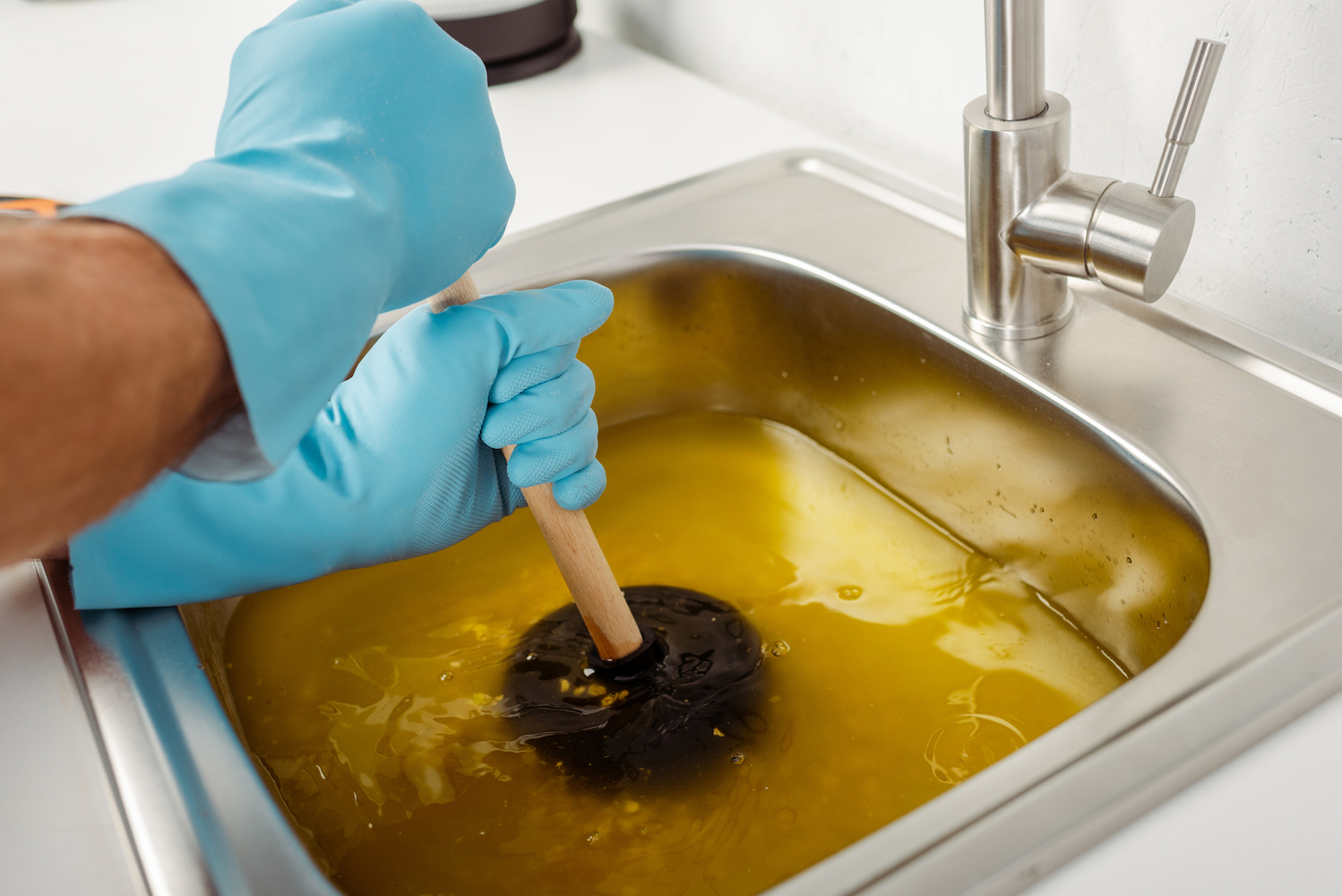 One of the main reasons for a kitchen sink backing up on both sides is a
faulty garbage disposal
. If the disposal is not working properly, it can cause debris and food particles to build up and clog the pipes. Another common cause is a
faulty sink trap
. This is a U-shaped pipe located under the sink that traps debris and prevents it from entering the main drain. If the trap is damaged or clogged, it can cause water to back up on both sides of the sink. Other possible causes include
improperly installed pipes
,
sewer line issues
, or
tree roots infiltrating the pipes
.
One of the main reasons for a kitchen sink backing up on both sides is a
faulty garbage disposal
. If the disposal is not working properly, it can cause debris and food particles to build up and clog the pipes. Another common cause is a
faulty sink trap
. This is a U-shaped pipe located under the sink that traps debris and prevents it from entering the main drain. If the trap is damaged or clogged, it can cause water to back up on both sides of the sink. Other possible causes include
improperly installed pipes
,
sewer line issues
, or
tree roots infiltrating the pipes
.
Troubleshooting Steps
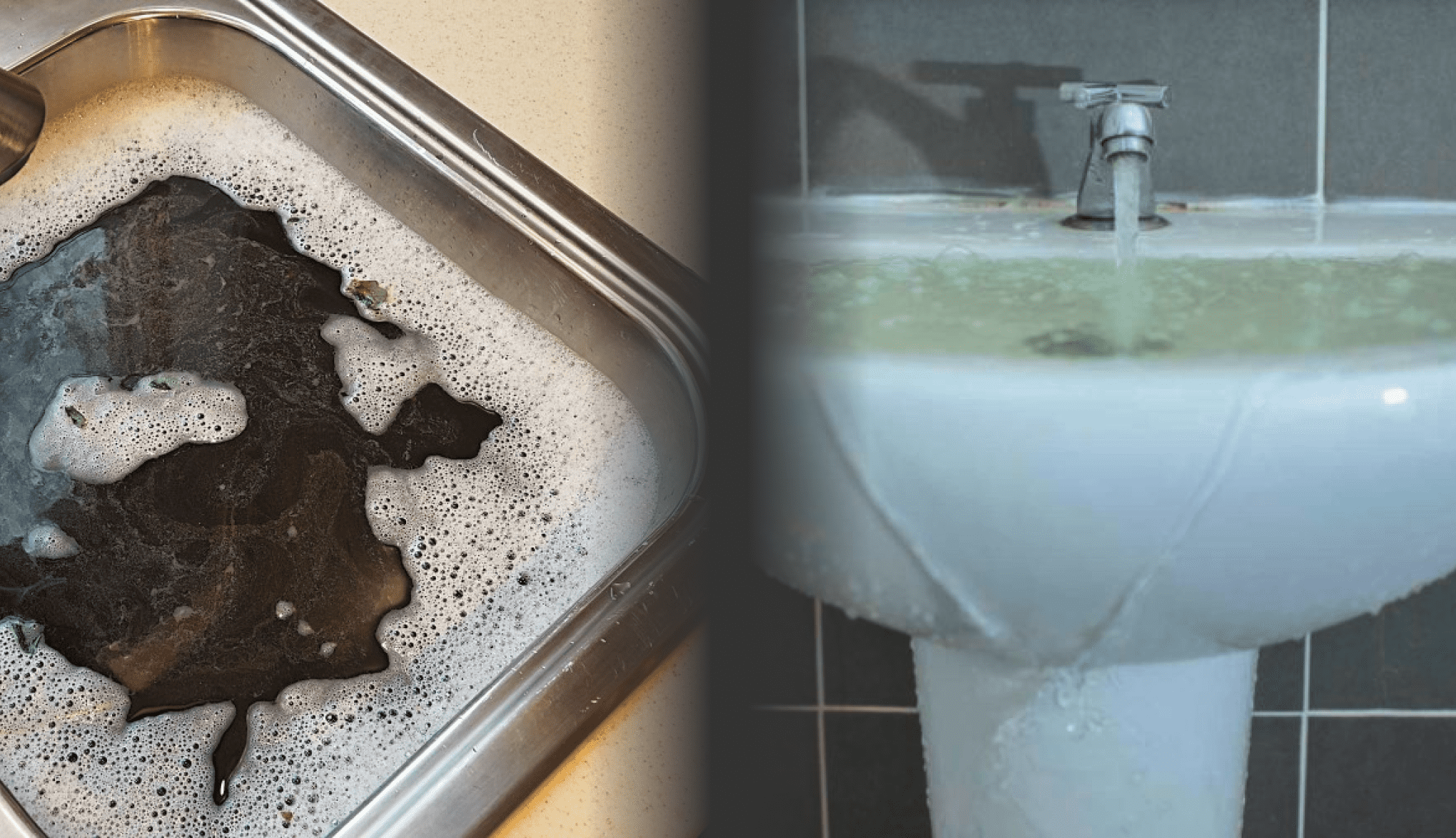 The first step in troubleshooting a kitchen sink backing up on both sides is to determine if the problem is with the garbage disposal or the sink trap. Start by checking the disposal for any blockage or damage. If everything seems to be in working order, move on to inspecting the sink trap. Using a plunger or a plumbing snake, try to remove any debris or buildup that may be causing the clog. If the issue persists, it may be necessary to call a professional plumber to inspect the pipes and determine the root cause of the problem.
The first step in troubleshooting a kitchen sink backing up on both sides is to determine if the problem is with the garbage disposal or the sink trap. Start by checking the disposal for any blockage or damage. If everything seems to be in working order, move on to inspecting the sink trap. Using a plunger or a plumbing snake, try to remove any debris or buildup that may be causing the clog. If the issue persists, it may be necessary to call a professional plumber to inspect the pipes and determine the root cause of the problem.
Preventing Future Issues
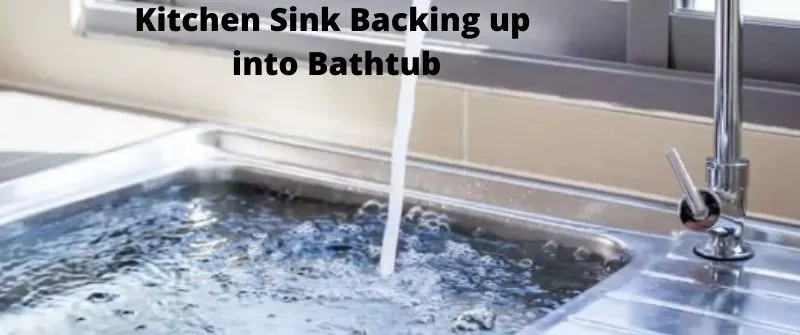 To prevent a kitchen sink from backing up on both sides in the future, it is essential to take proper care of your garbage disposal. Avoid putting large or hard-to-grind items down the disposal, and always run cold water while using it. Regularly cleaning the sink trap and disposing of food scraps properly can also help prevent clogs. If you have trees near your sewer line, it may be wise to have them professionally trimmed or removed to prevent root infiltration.
In conclusion, a
kitchen sink backing up on both sides with no clog
can be a frustrating and messy problem, but with proper troubleshooting and preventative measures, it can be resolved. Remember to address the issue as soon as it arises to prevent further damage and costly repairs. If the problem persists, do not hesitate to call a professional plumber for assistance.
To prevent a kitchen sink from backing up on both sides in the future, it is essential to take proper care of your garbage disposal. Avoid putting large or hard-to-grind items down the disposal, and always run cold water while using it. Regularly cleaning the sink trap and disposing of food scraps properly can also help prevent clogs. If you have trees near your sewer line, it may be wise to have them professionally trimmed or removed to prevent root infiltration.
In conclusion, a
kitchen sink backing up on both sides with no clog
can be a frustrating and messy problem, but with proper troubleshooting and preventative measures, it can be resolved. Remember to address the issue as soon as it arises to prevent further damage and costly repairs. If the problem persists, do not hesitate to call a professional plumber for assistance.



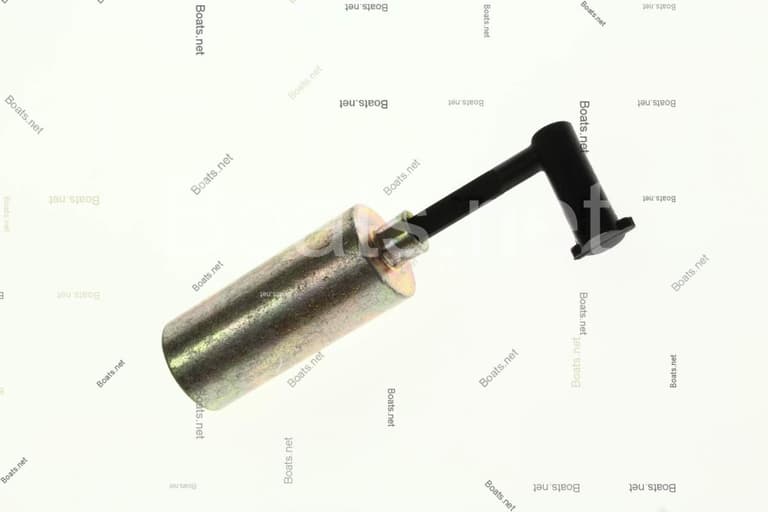
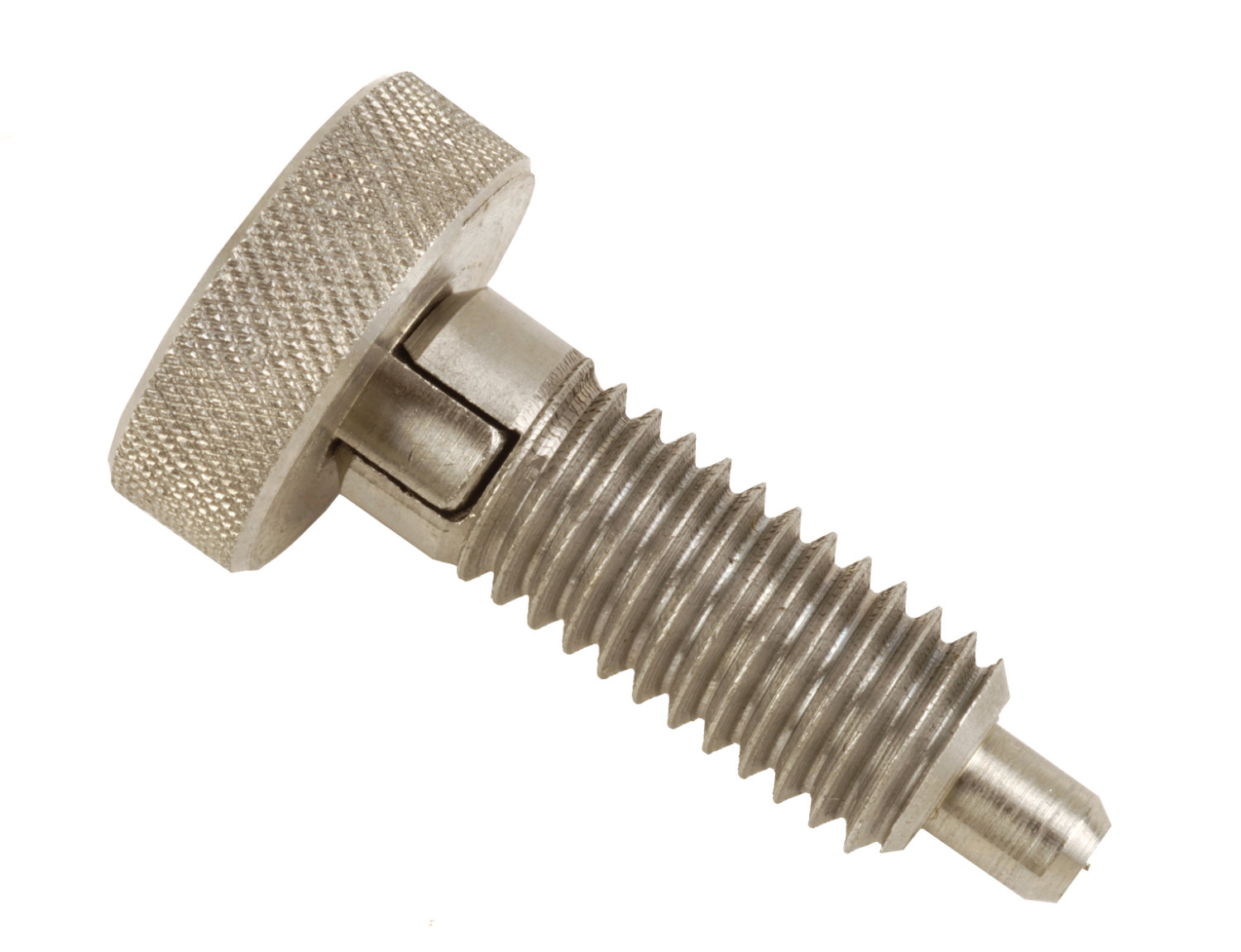


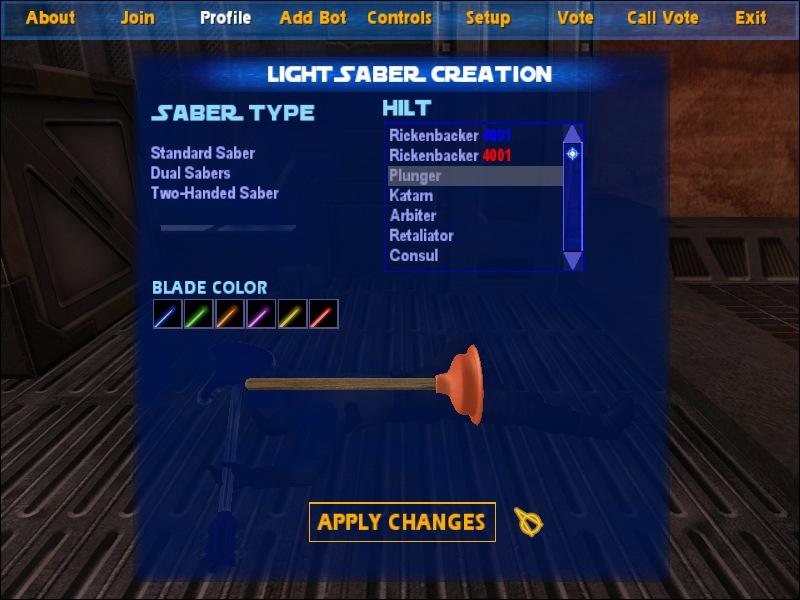
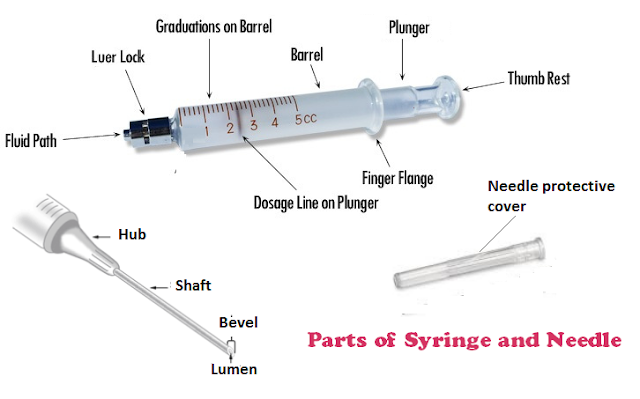


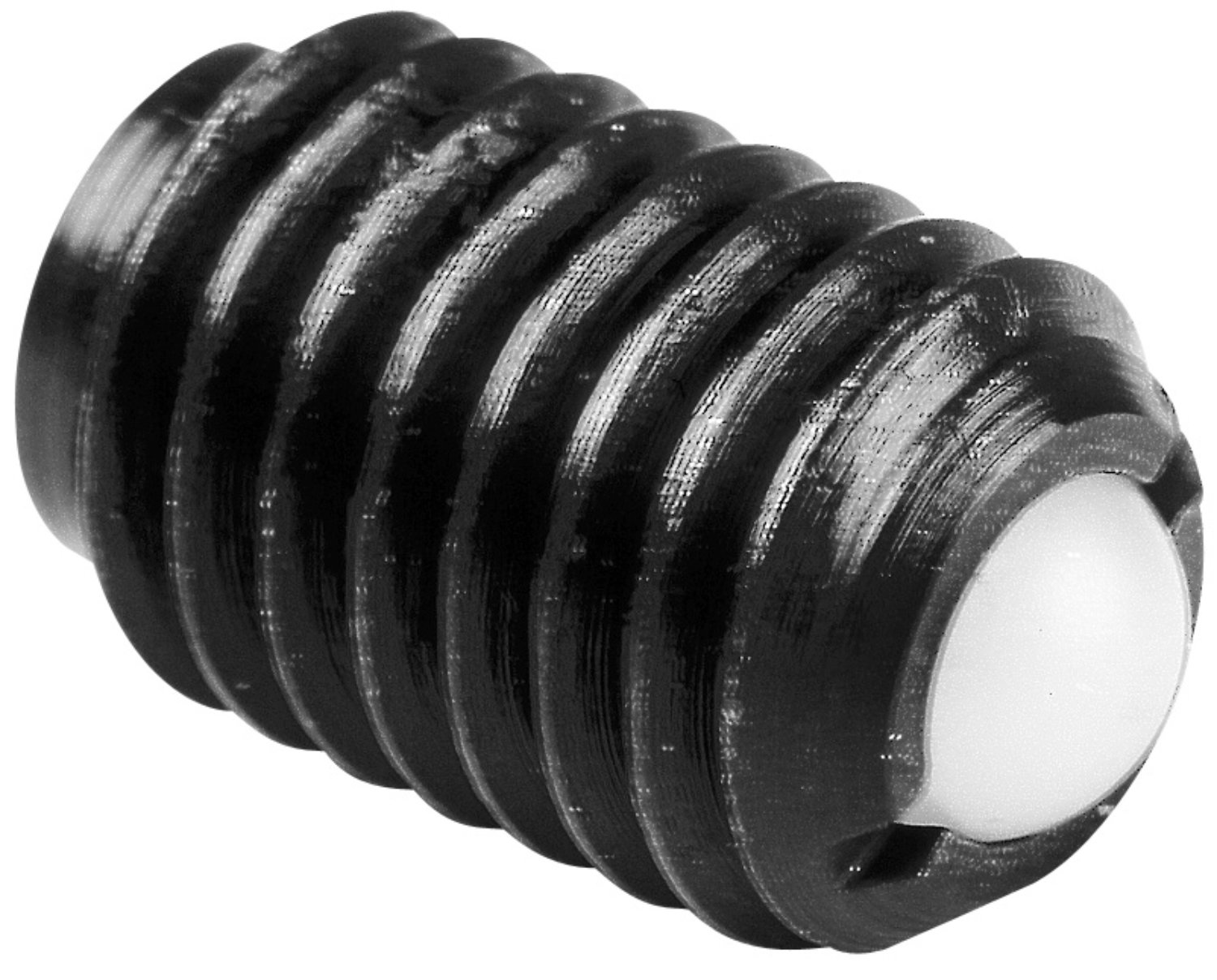
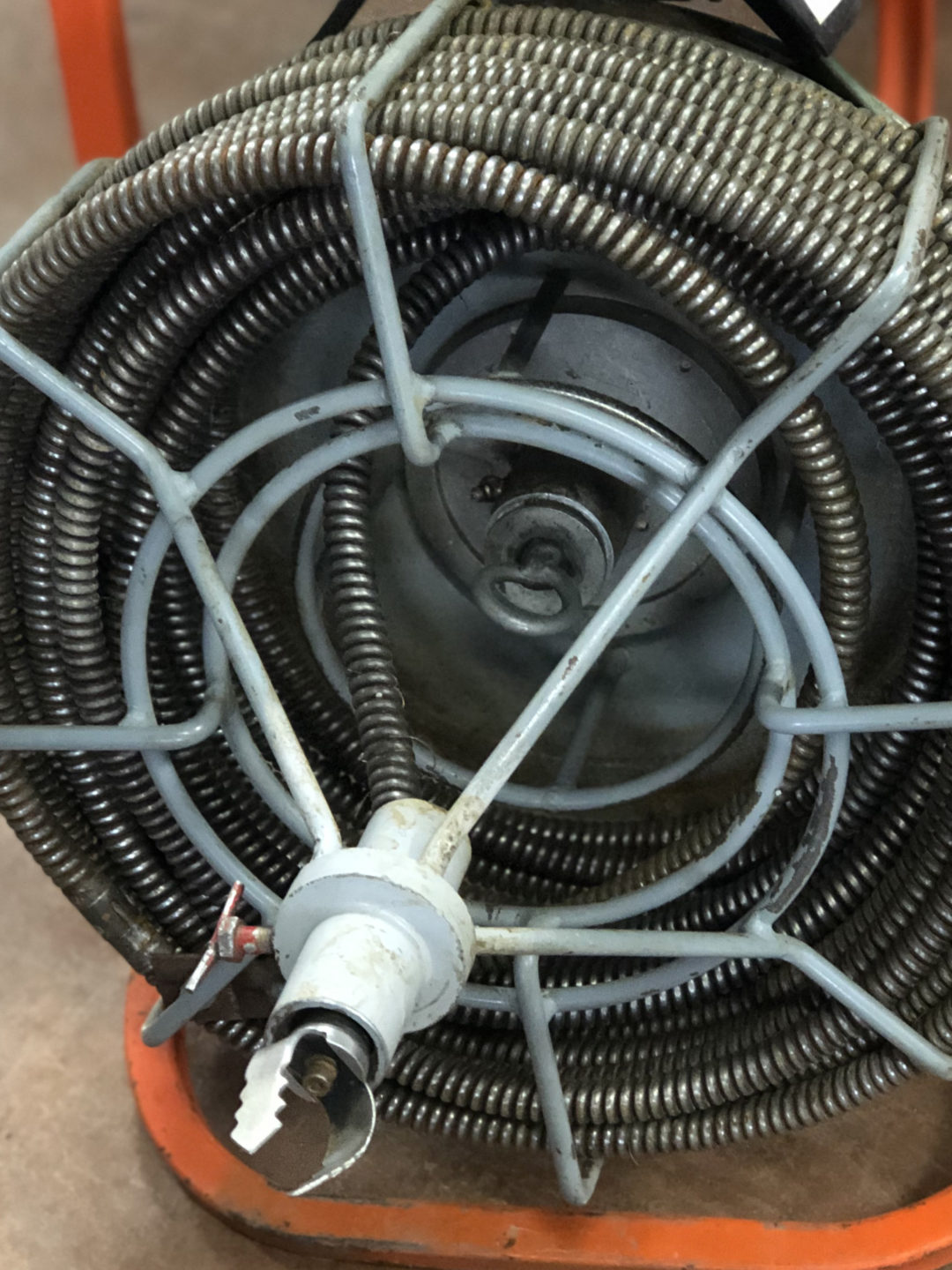
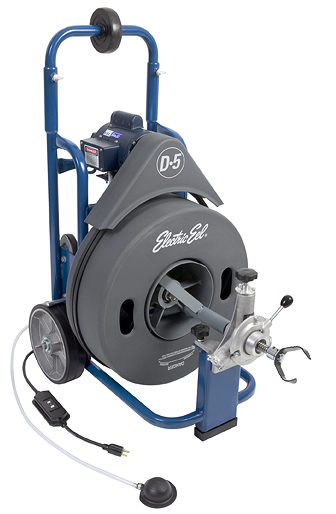
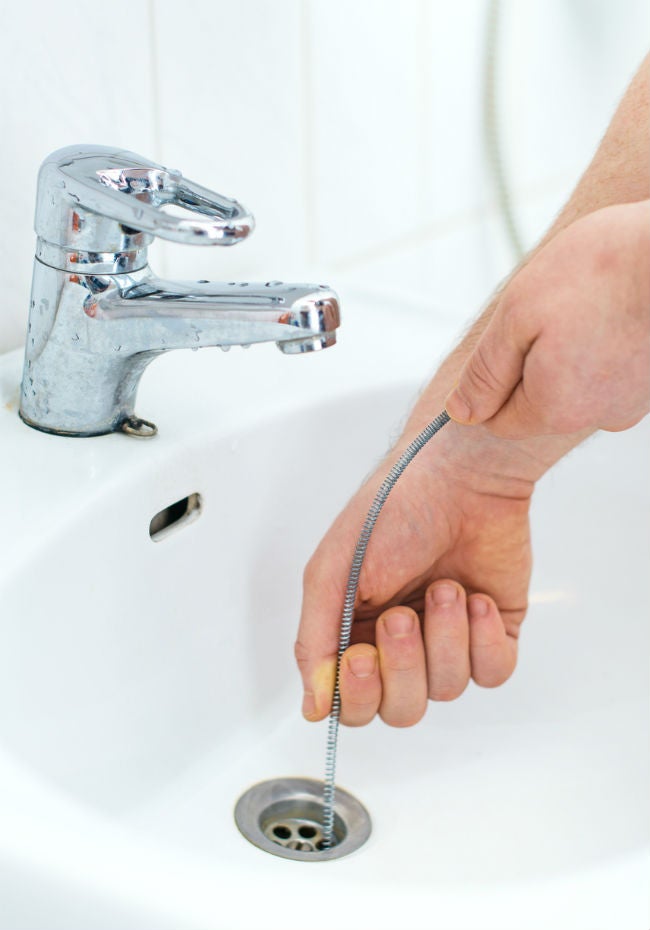



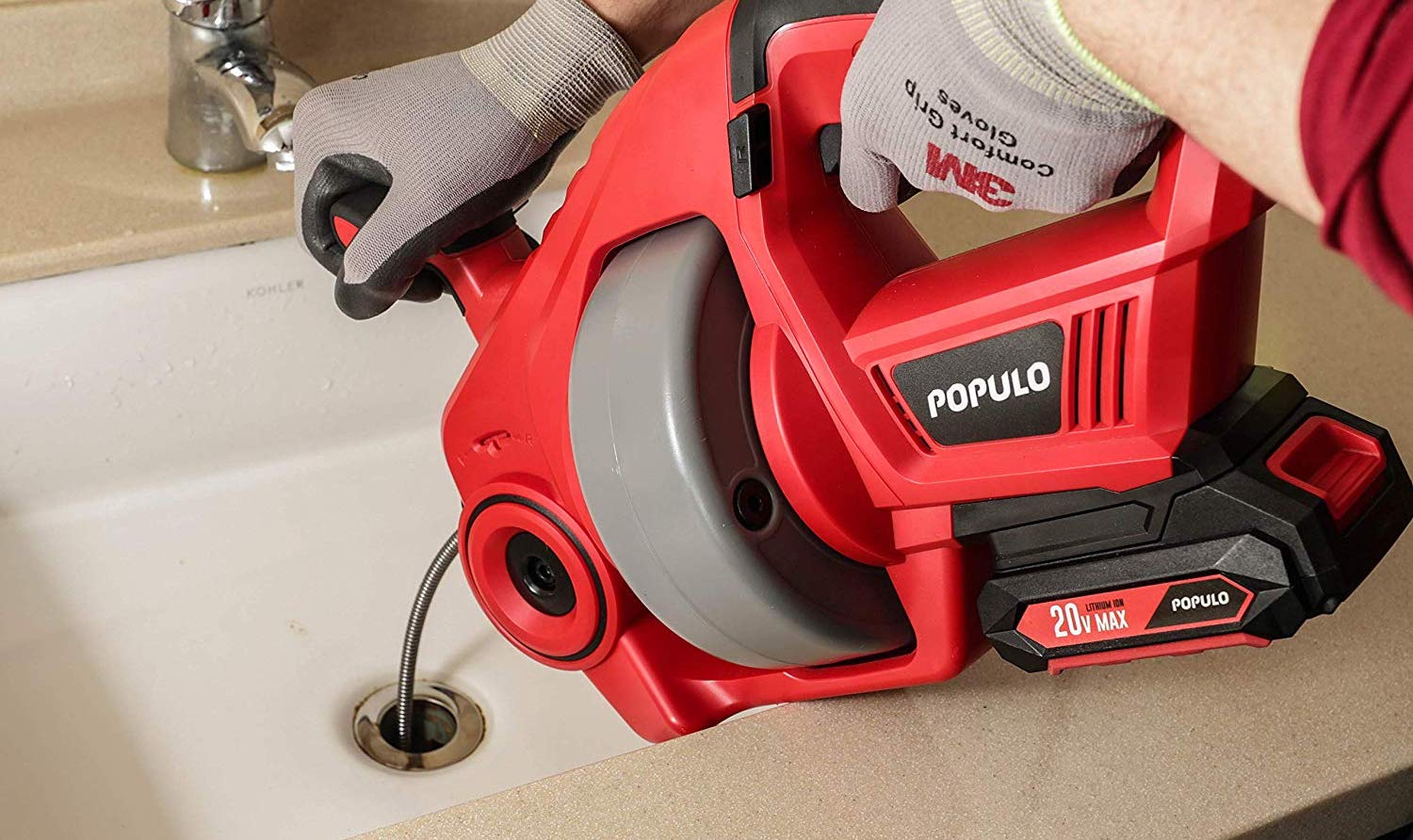

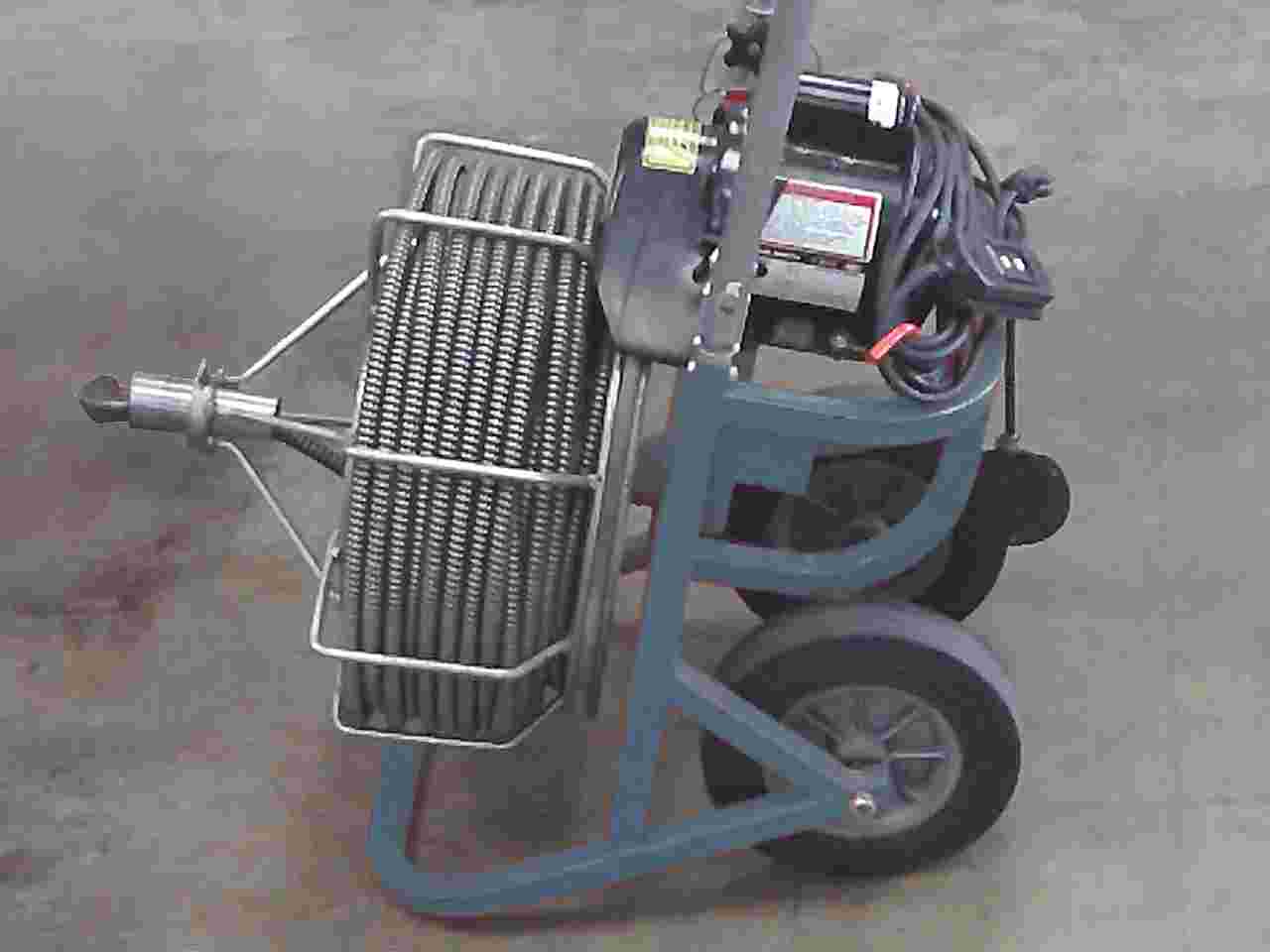









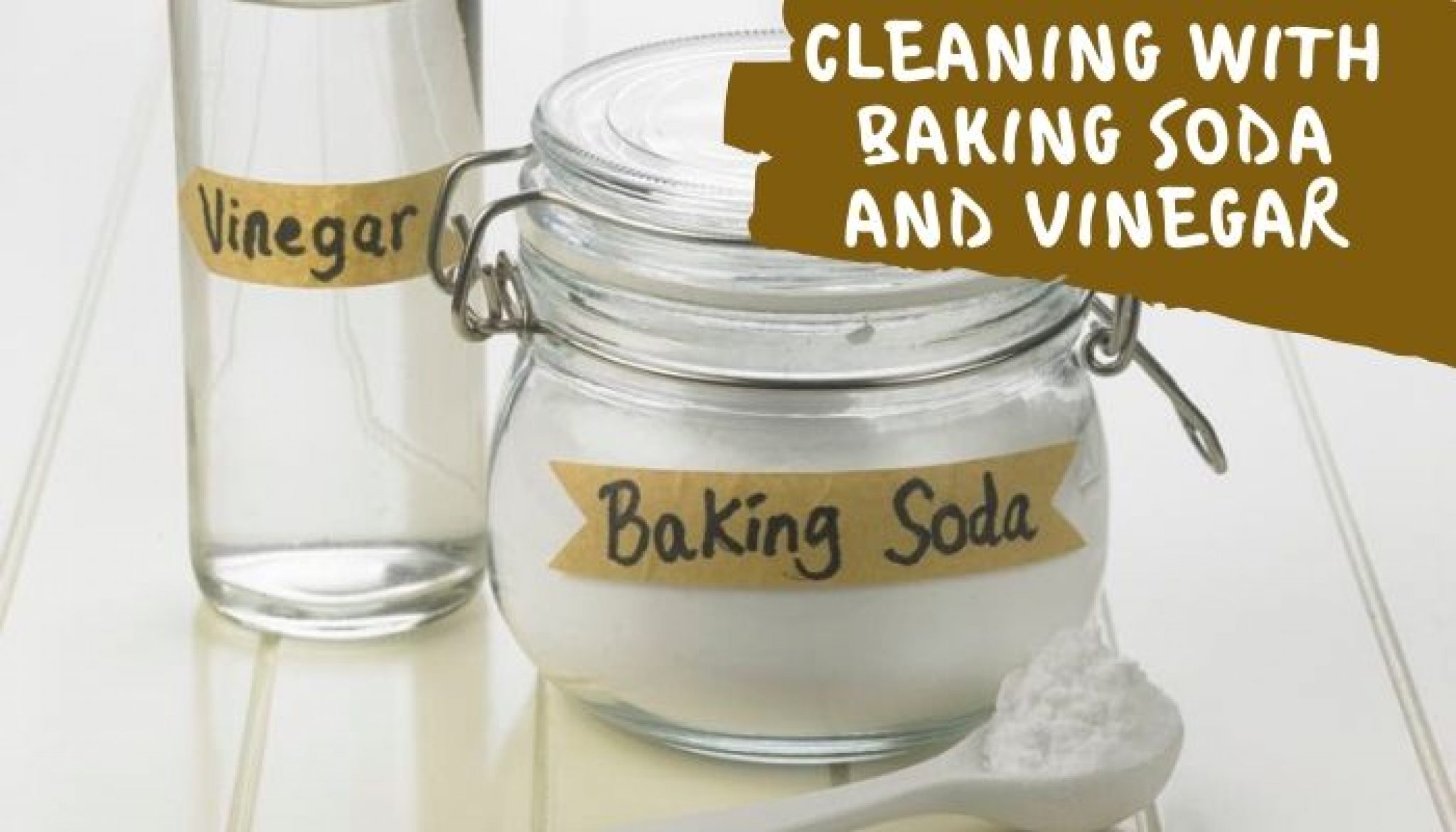
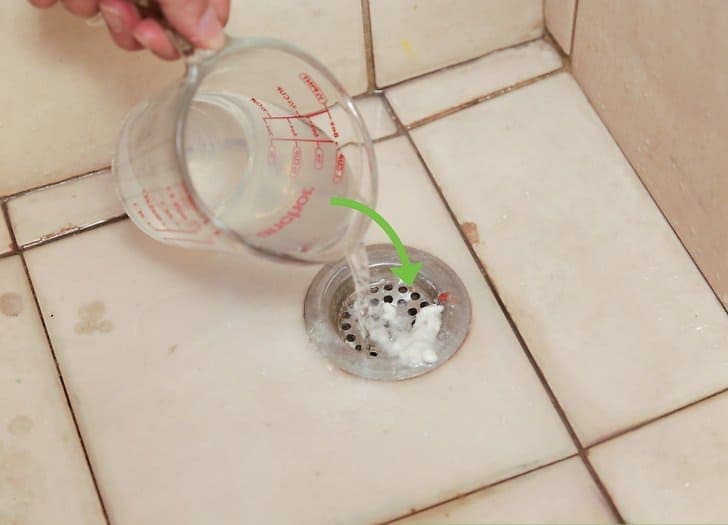



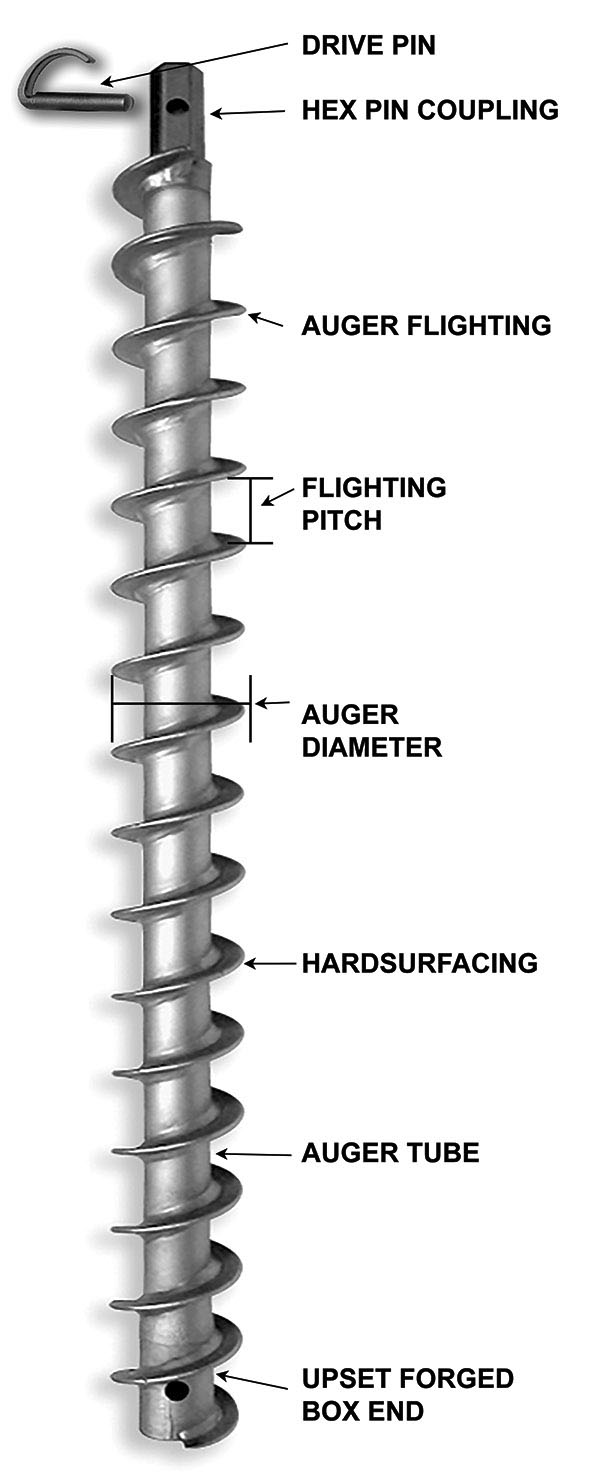

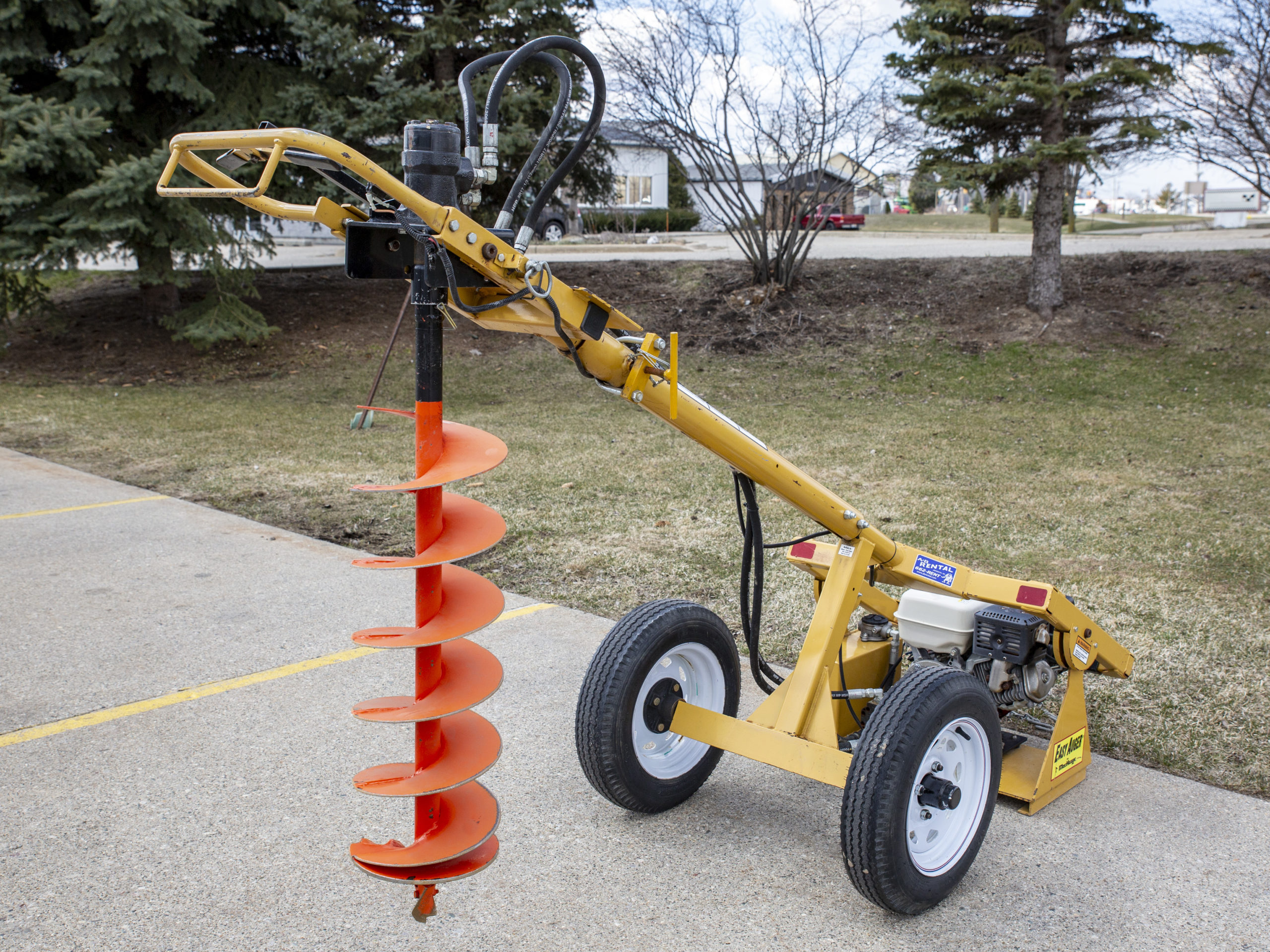
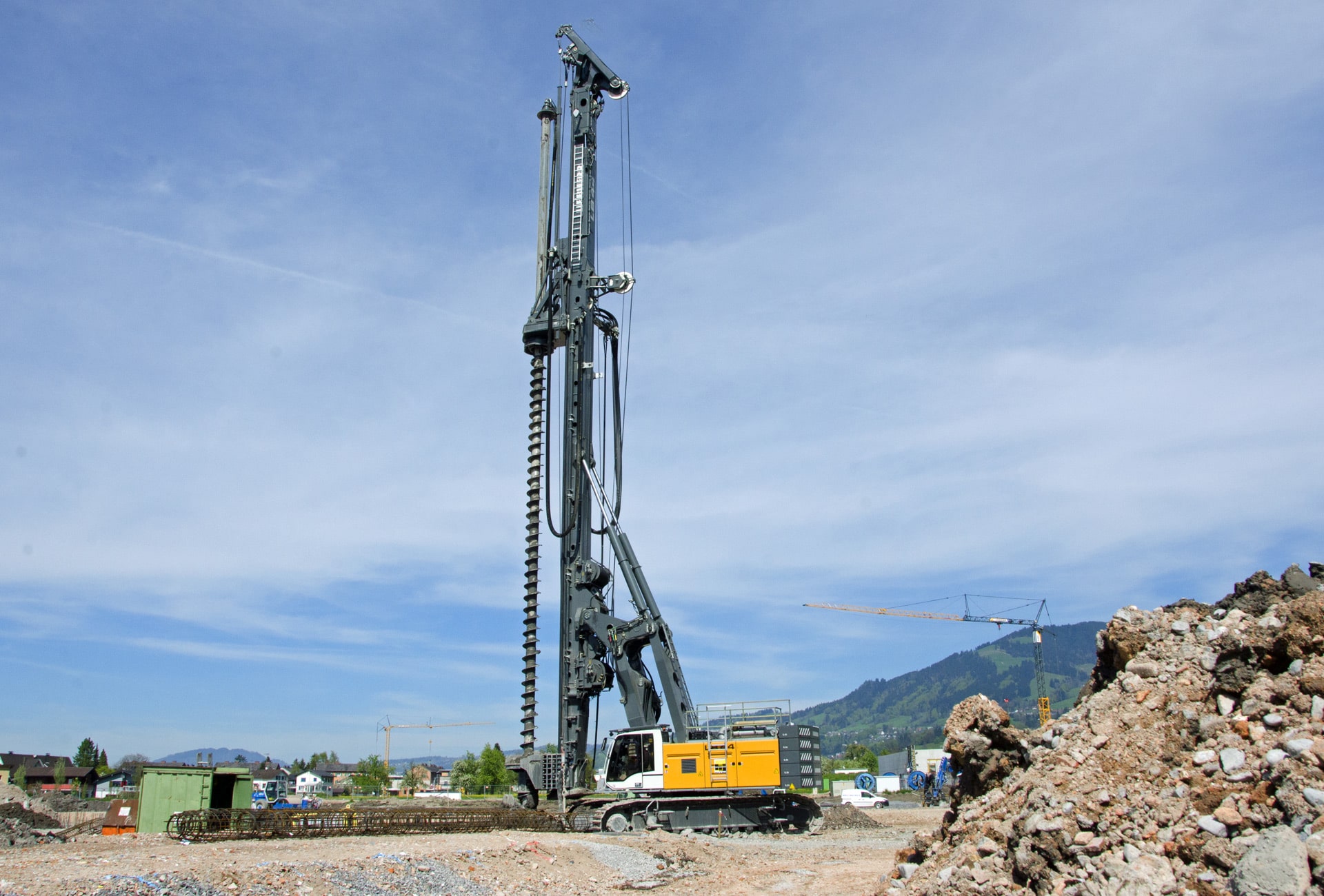
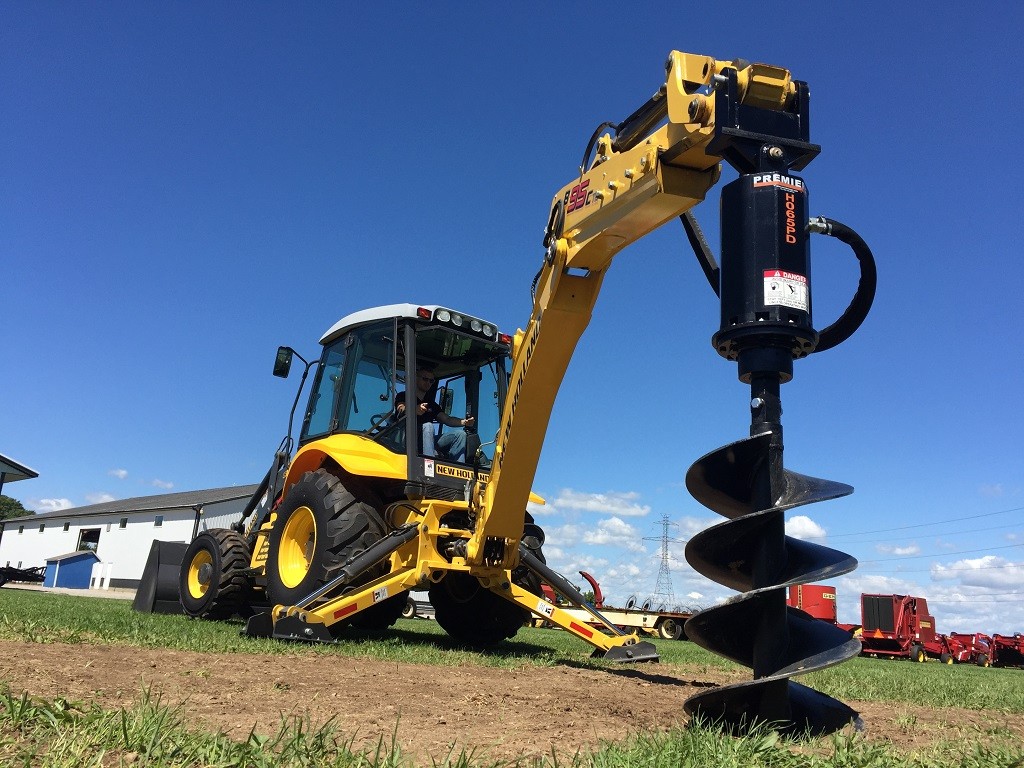

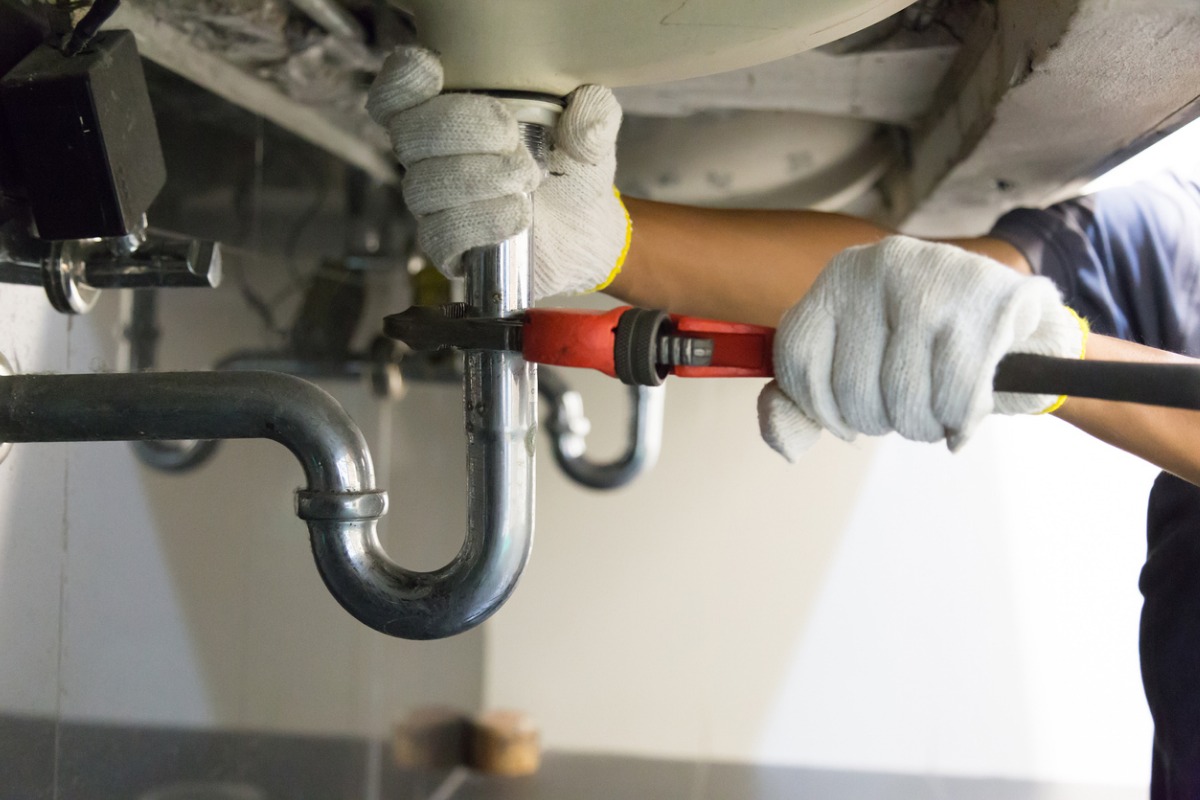












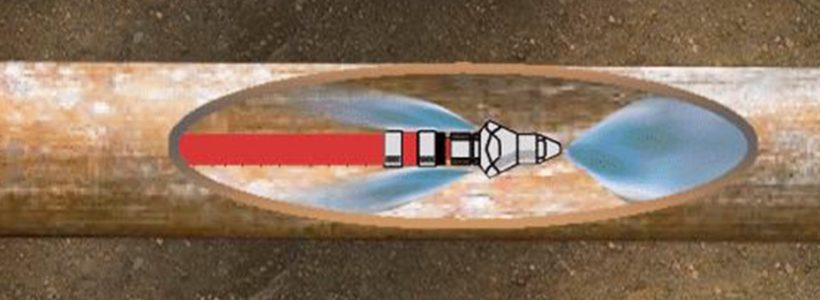
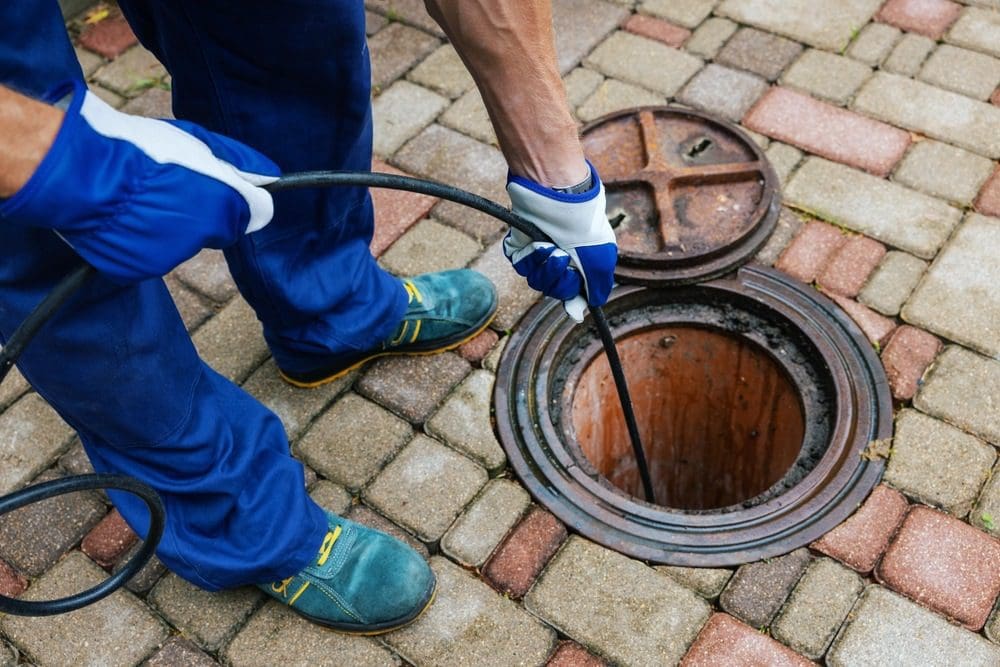


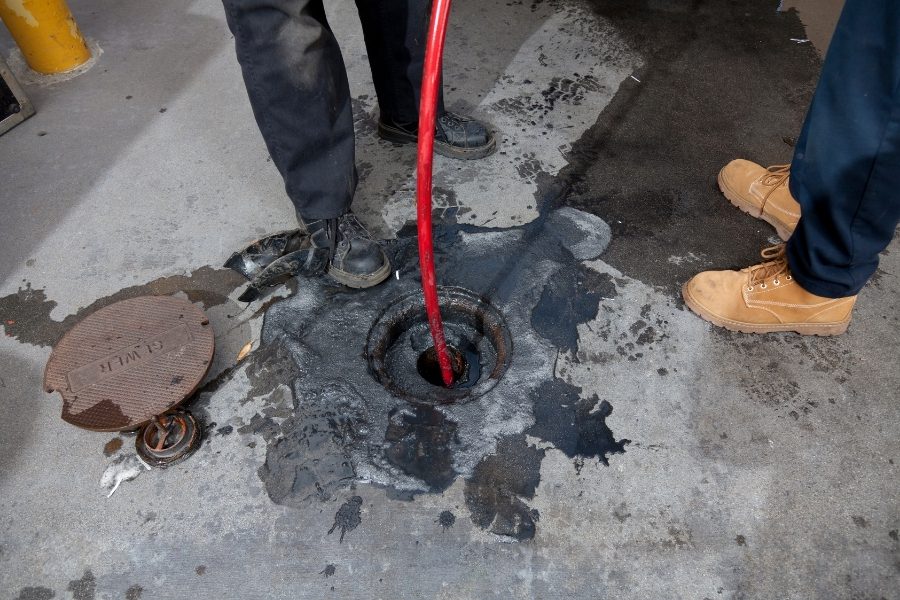
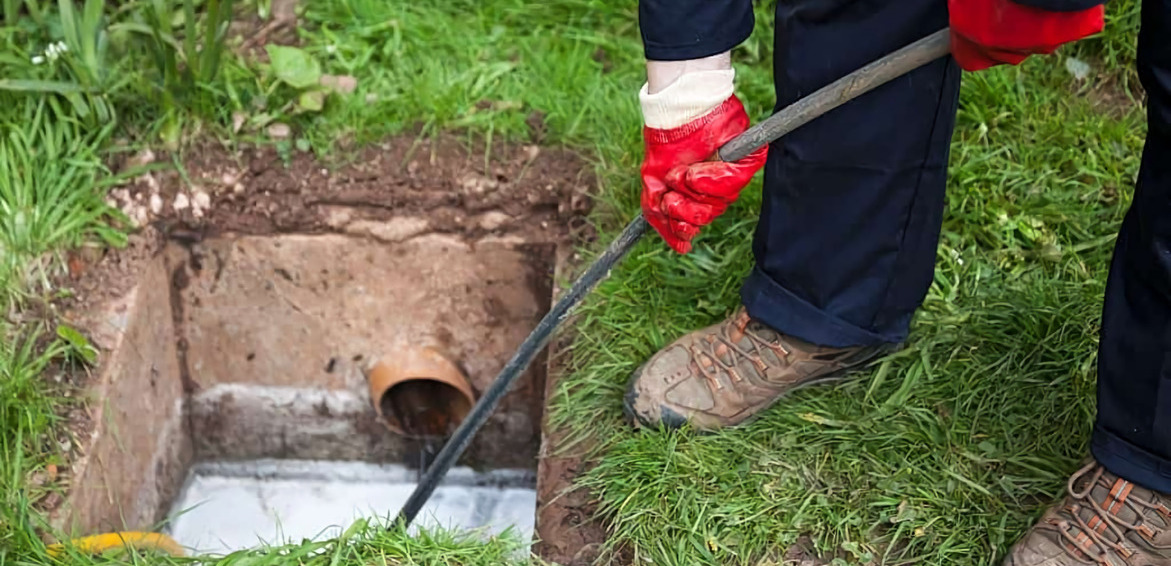
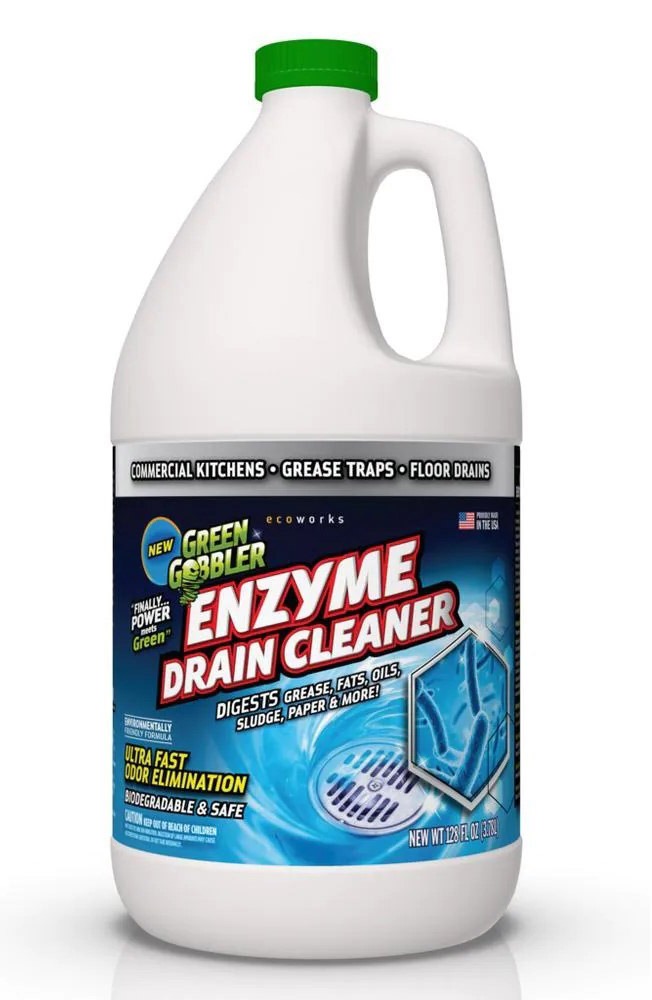
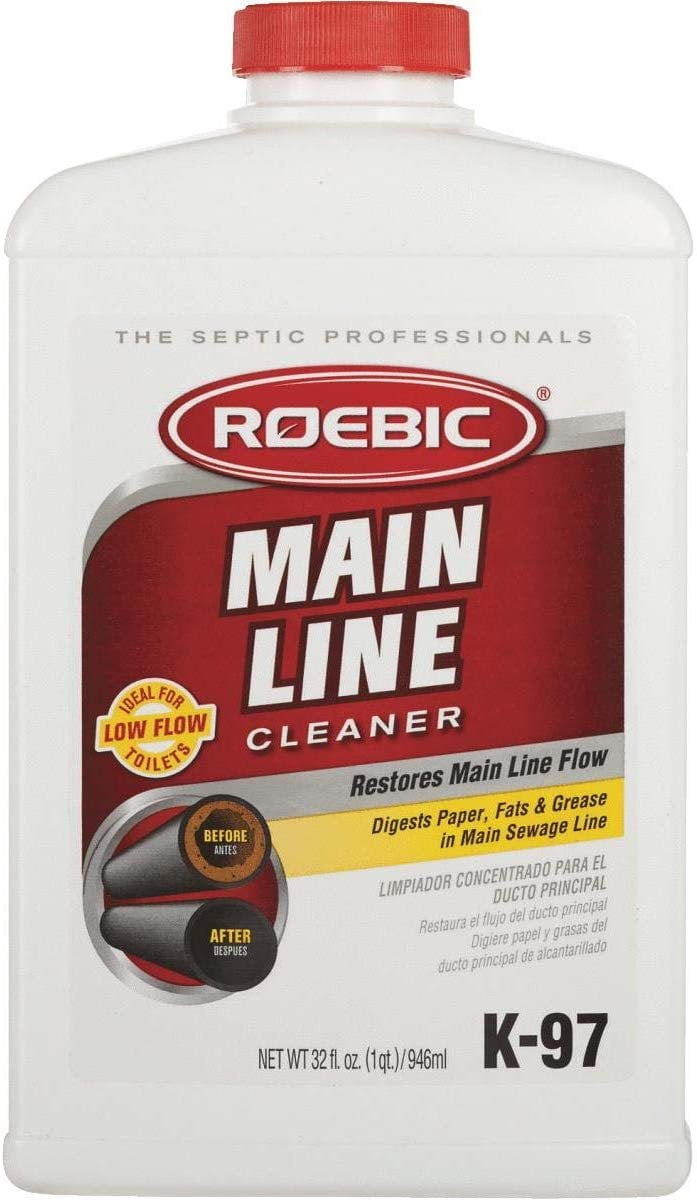
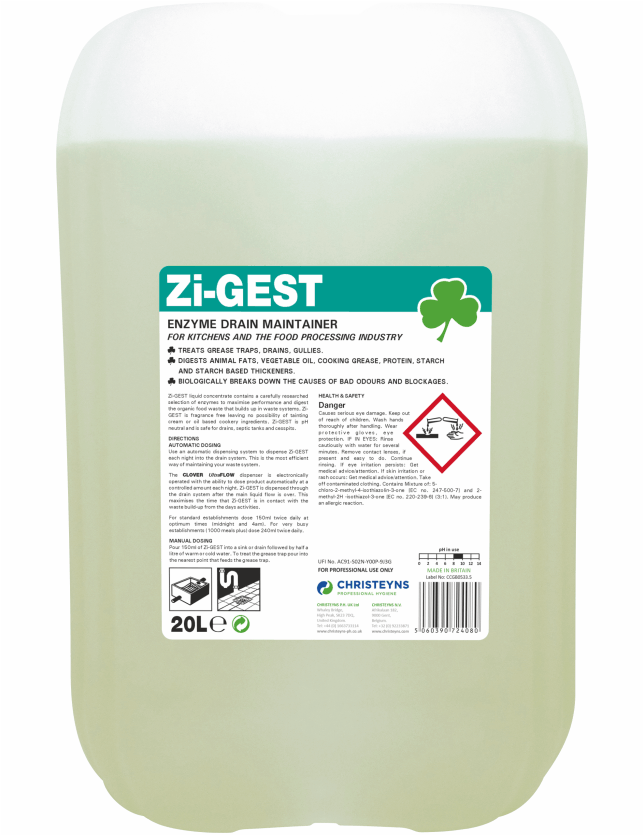



/GreenGobblerRefresh32oz-5bc63b0d4cedfd00266e4611.jpg)
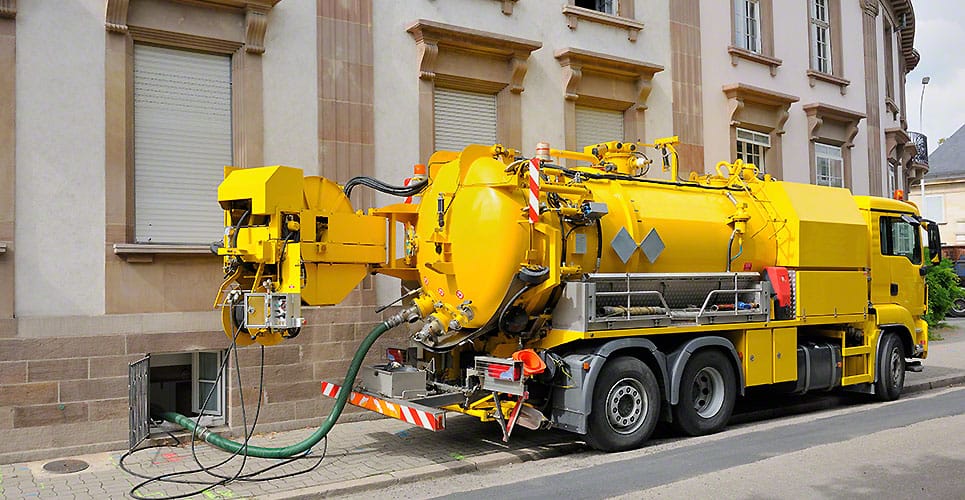





/GettyImages-80566571-5a1ca234aad52b00373338ff.jpg)
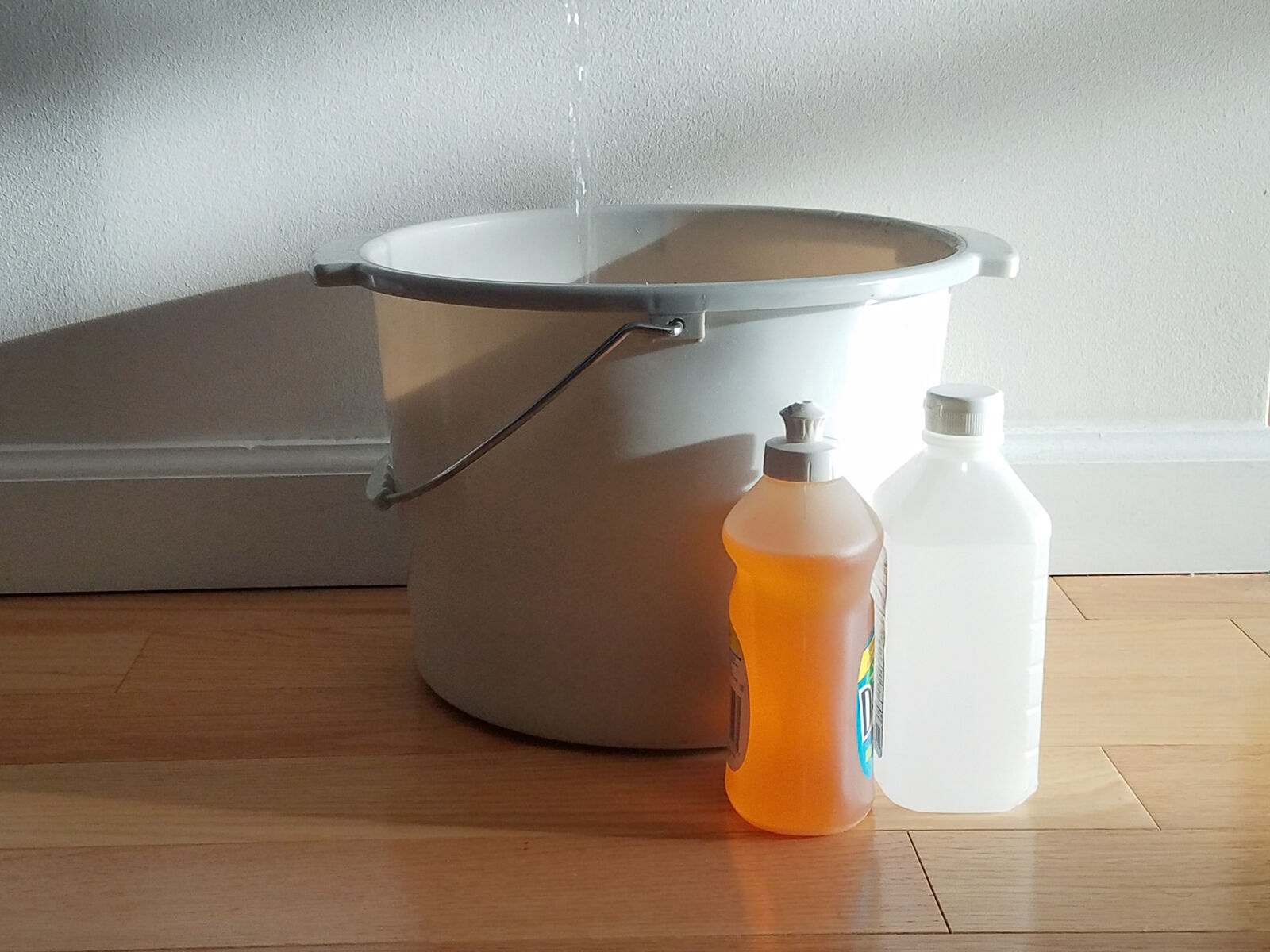

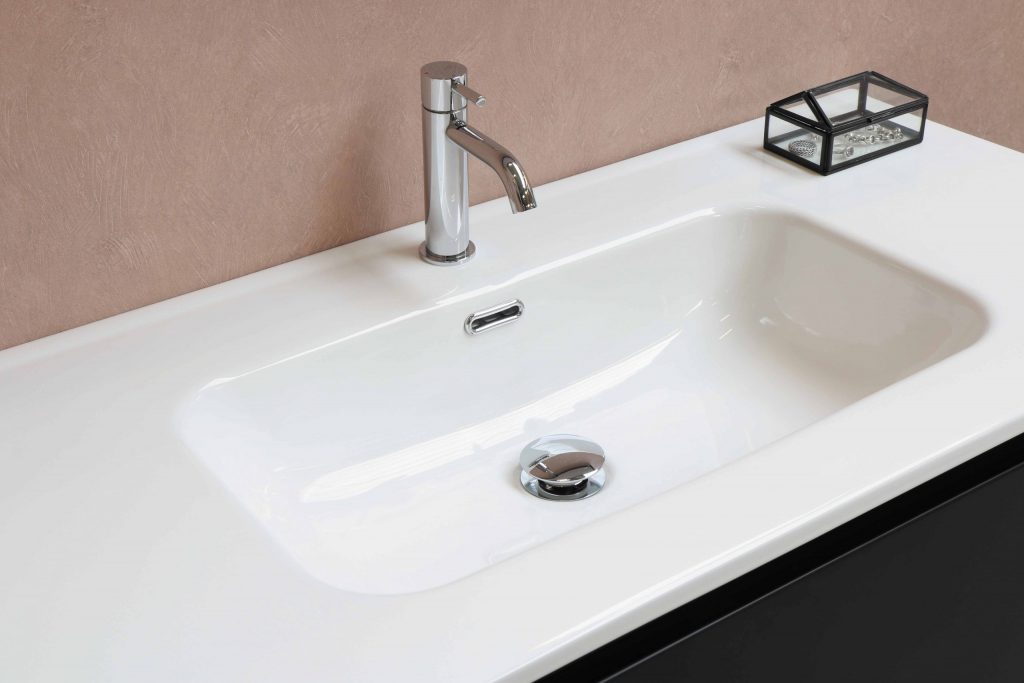
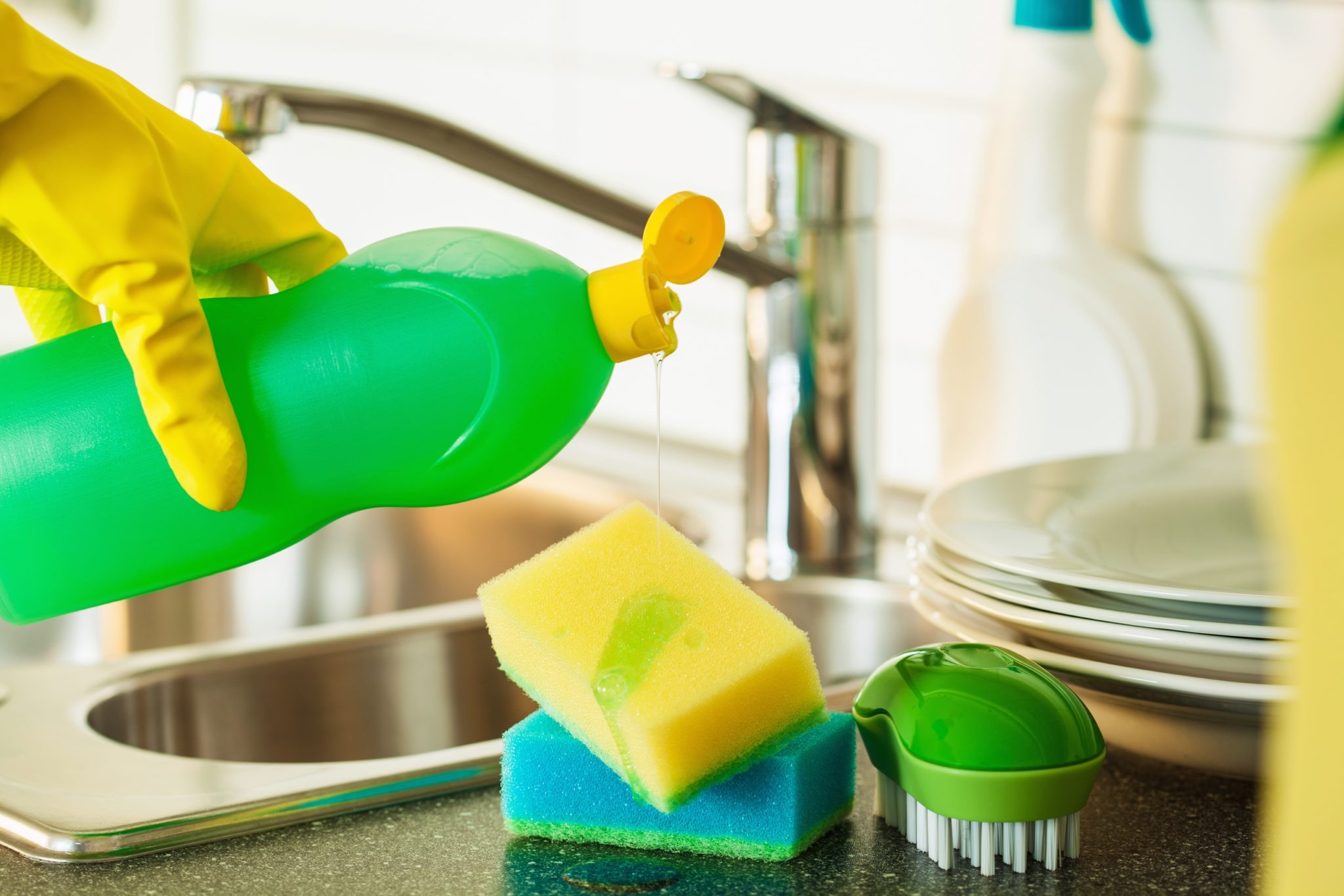









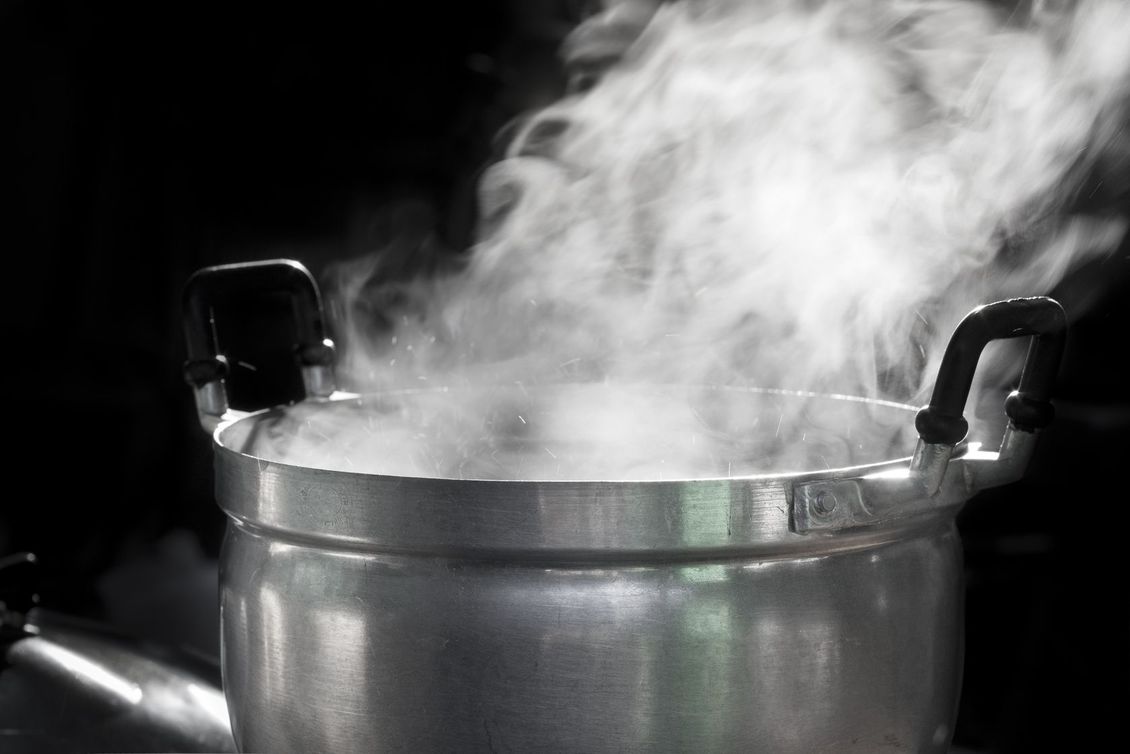
/boiling-water-on-gas-stove-143735234-5790aeb35f9b584d2005e949.jpg)

